So this is it. The bucket list check mark. Today we transited the Panama Canal from south to north.
That still bothers me. The brochure says we’re doing the west to east crossing. But Panama is in the crook of Central America. The canal runs north-northwest starting from the Pacific side, south-southeast from the Caribbean side. Blows my mind.
We started by passing through the Miraflores locks, two of them, and then the single Pedro Miguel lock for a total rise of 85 feet above sea level. From there it is level sailing across the manmade Galun lake. The Galun locks, three in total, reverse the process, bringing the ship back to sea level. Of course ships traveling the other way are lifted at Galun and let back down at Pedro Miguel and Miraflores.
We were one of the last northbound ships this morning, entering the canal at 8 AM. We followed a ship transporting upwards of 6,000 automobiles, presumably from the far east. That ship appears often in today’s pictures. Ship movements are coordinated to maximize use of the locks. Ships entering one end travel more or less together and go down using the locks that ships coming in the opposite direction used earlier in the day.
We passed by Gamboa where our friends Bill and Elaine lived for 20 years. Bill worked on dredging machines, a never ending job to keep the channels deep enough for cruise ships and cargo ships. The canal has been expanded with new, wider locks to handle supersized Panamax cargo ships since Bill and Elaine were here so I’d guess the demands on dredging are even greater.
Bill was raised here since the eighth grade. His dad did dredging and his brother was a lock manager. Elaine lived in the U.S. controlled Canal Zone for one year before the handover to Panama in 1979. She reports that life in third world Panama was not as idyllic as life in the Zone.
The canal, for me, is amazing for two reasons. First, the engineering marvel that it is, brought to life in David McCullough’s book, The Path Between the Seas. The genius decision was to tame the mighty Chagras River by creating a manmade lake and using the captured water to operate locks at either end. The French tried and failed to dig a sea level channel back in the 1880s. We saw the modest cut near the Galun locks.
Another technical breakthrough resulted from work done during the Spanish-American war in Cuba. That led to the elimination of mosquito-borne yellow fever. Where the French lost 30,000 to disease, the Americans lost 5,000.
The other thing that impresses me is the volume of traffic that passes through the canal. Forty vessels make the transit on a typical day. I’m guessing the new wider locks can accommodate even more.
Our ship is paying about $80,000, a little more than $400 per passenger. Fees of up to $1 million are charged to the big guys. Someone once swam the Panama Canal for 36 cents.
Tomorrow is our last day aboard the Le Bellot. We will visit the San Blas Islands, meeting members of an indigenous community there and do some snorkeling too.
Sorry for the large number of photos today. Judy and I want to remember the day – we’ll only come this way once, probably. So indulge us and skip through them quickly.
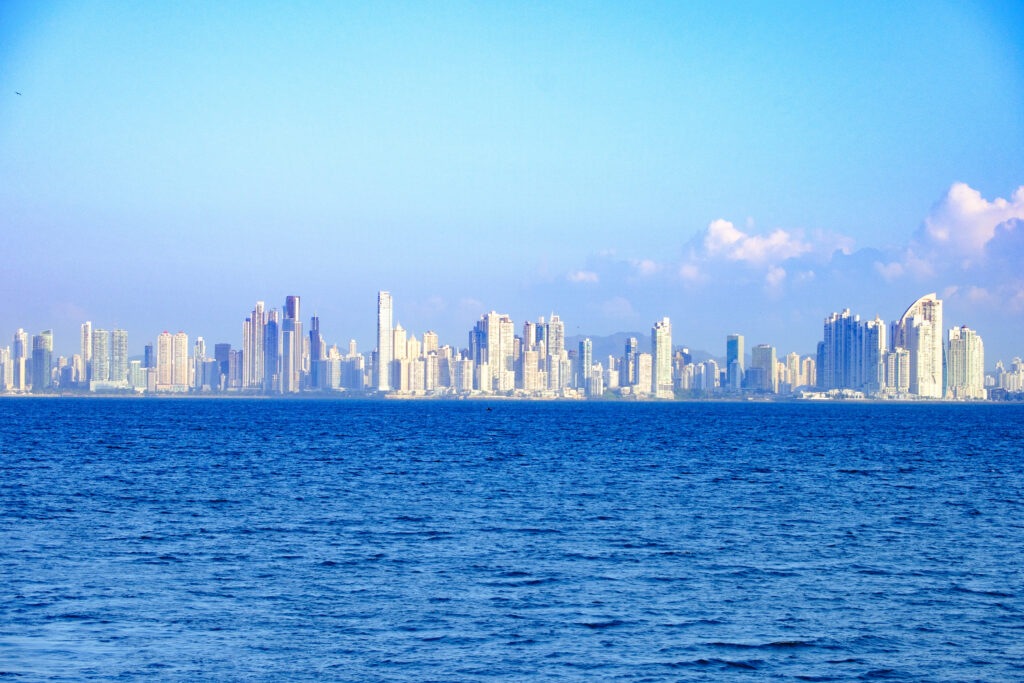
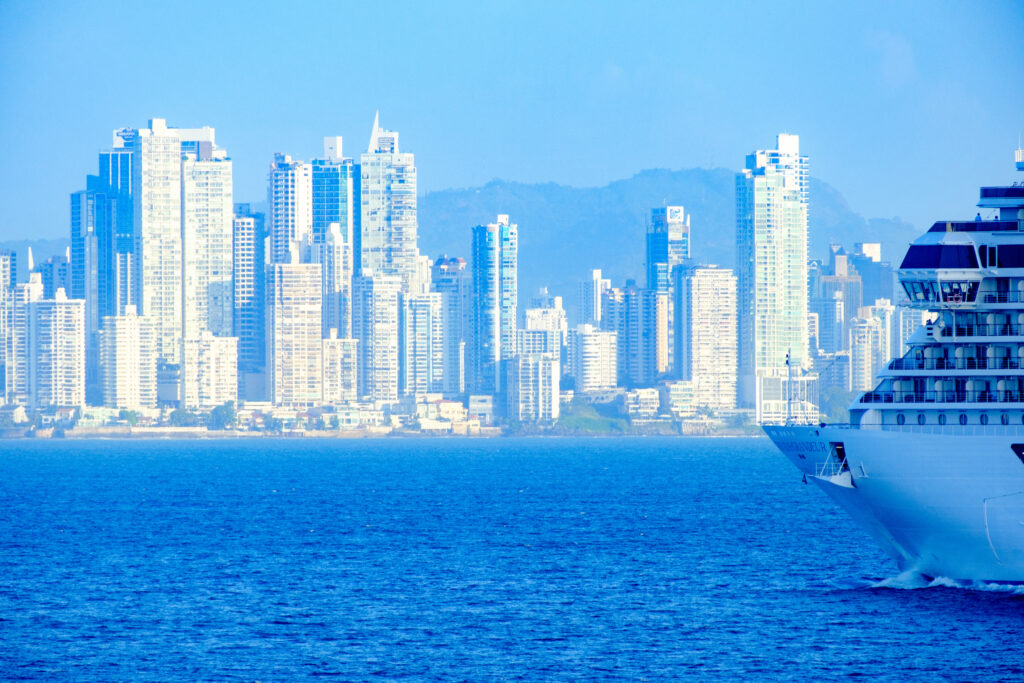
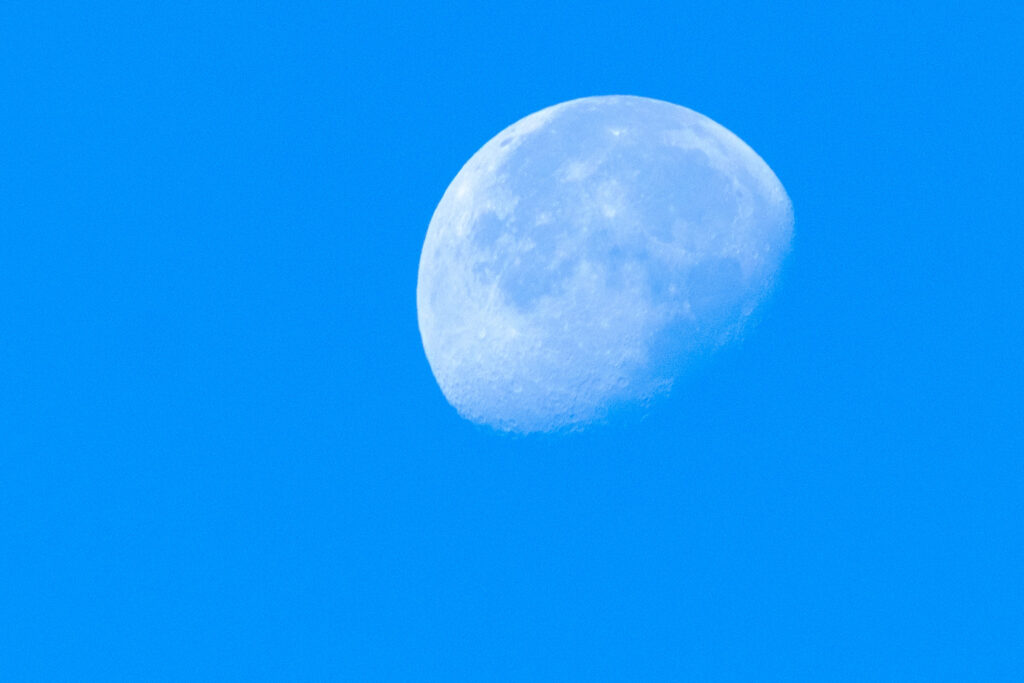
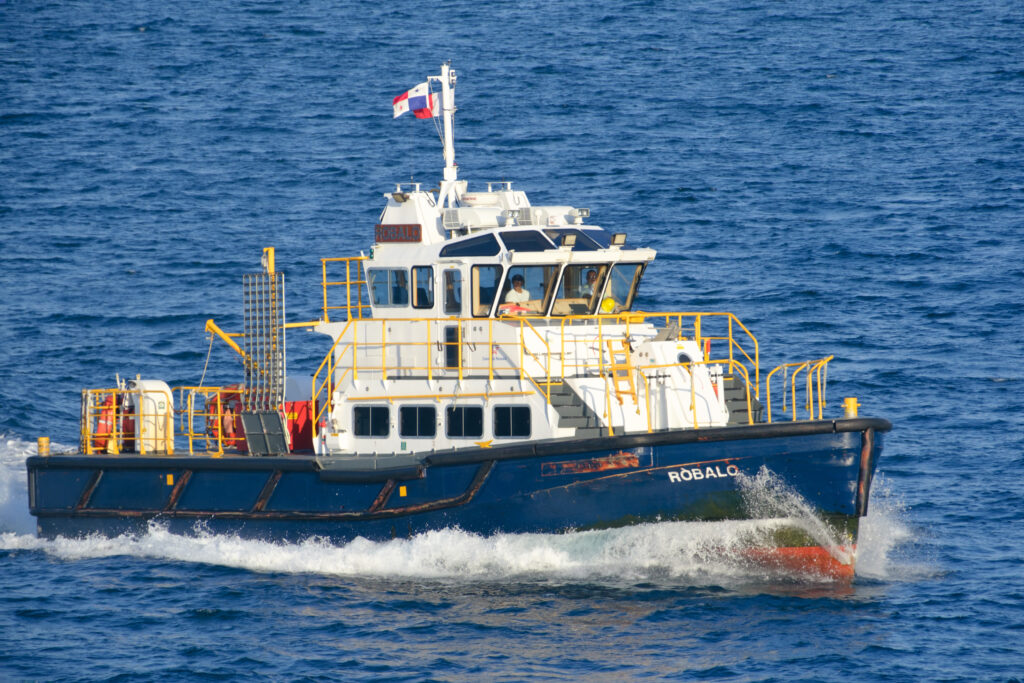
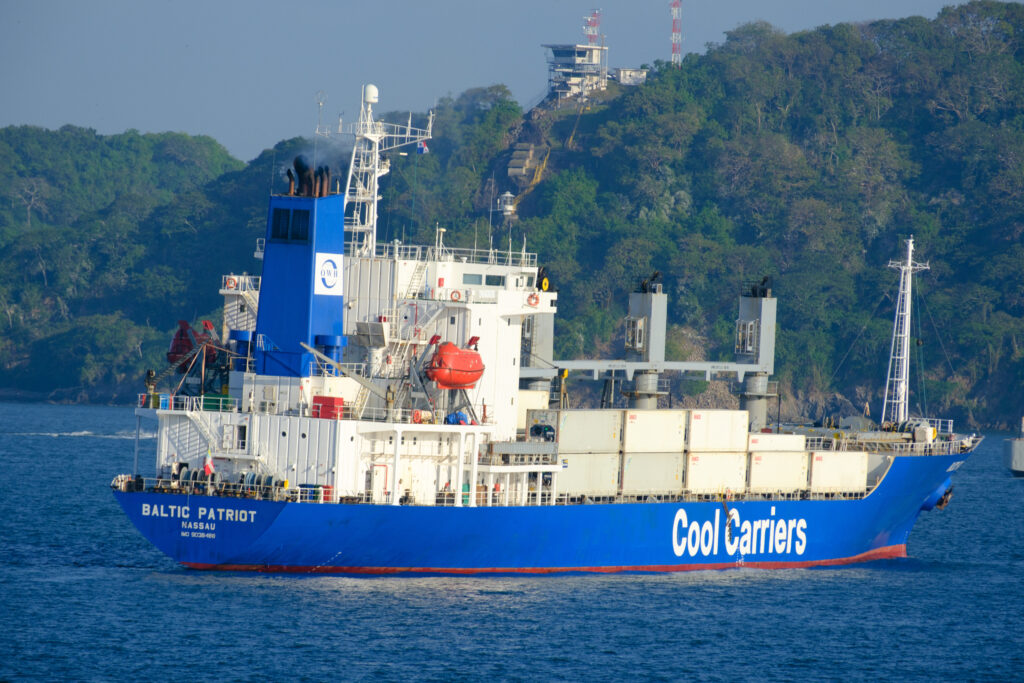
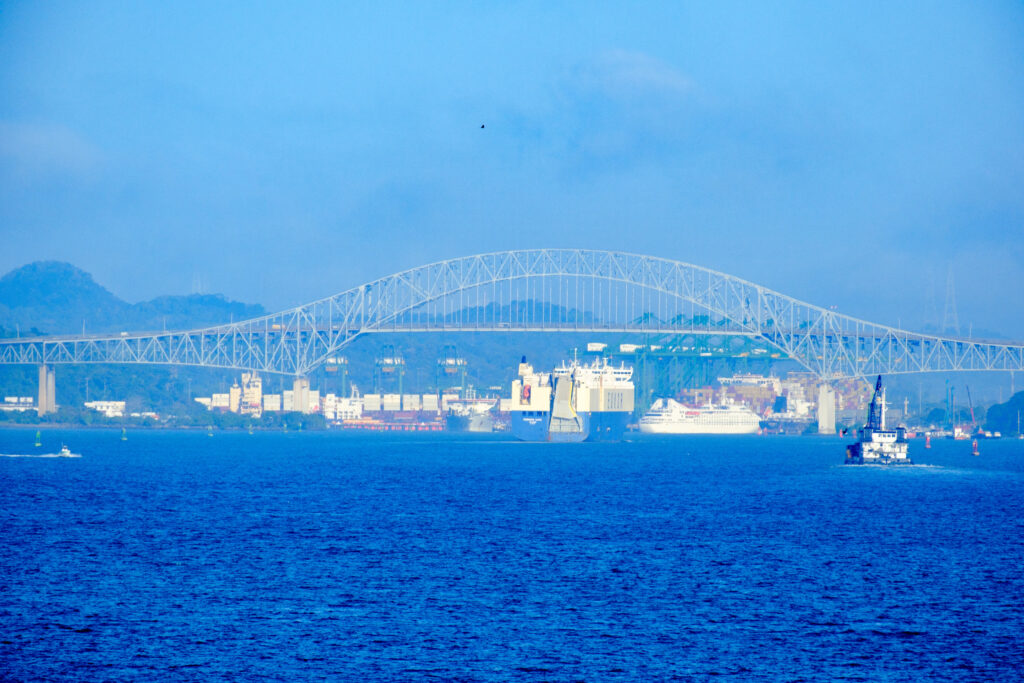
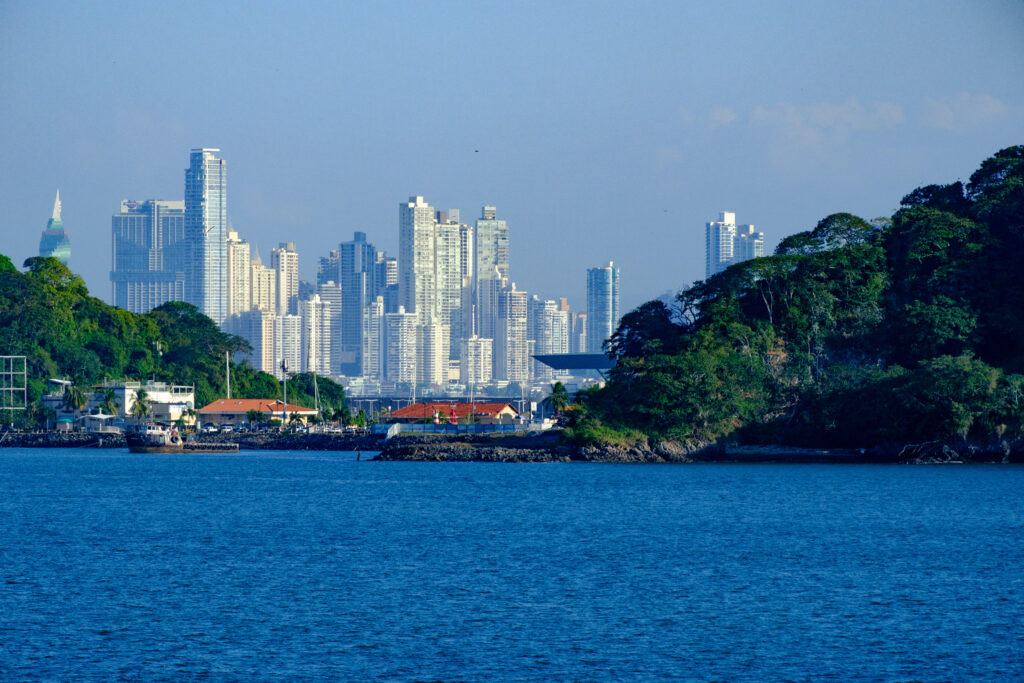
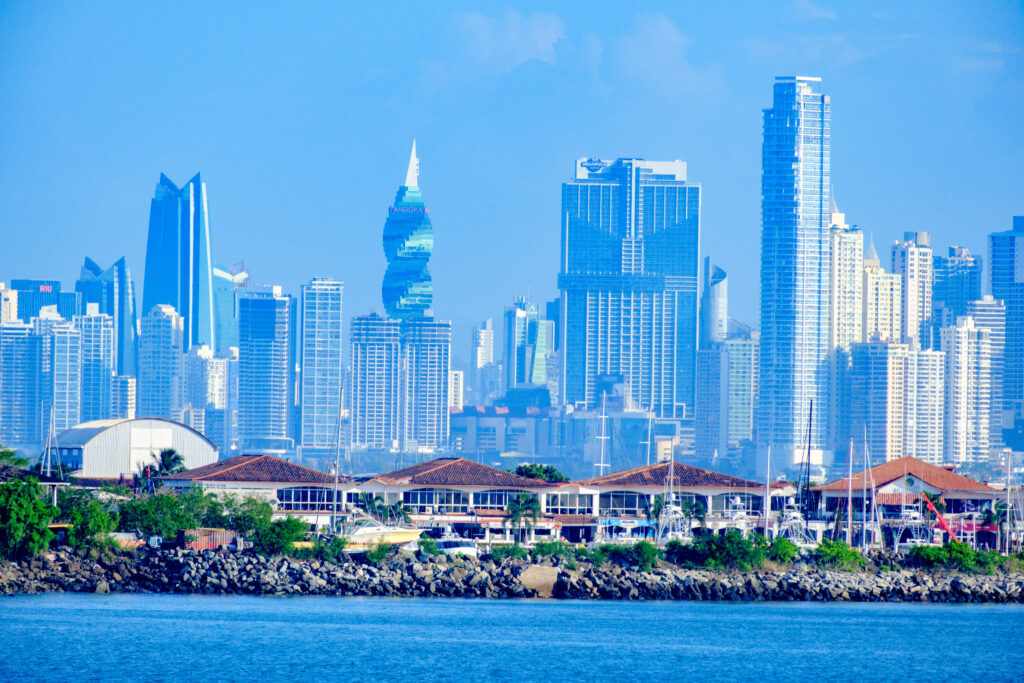
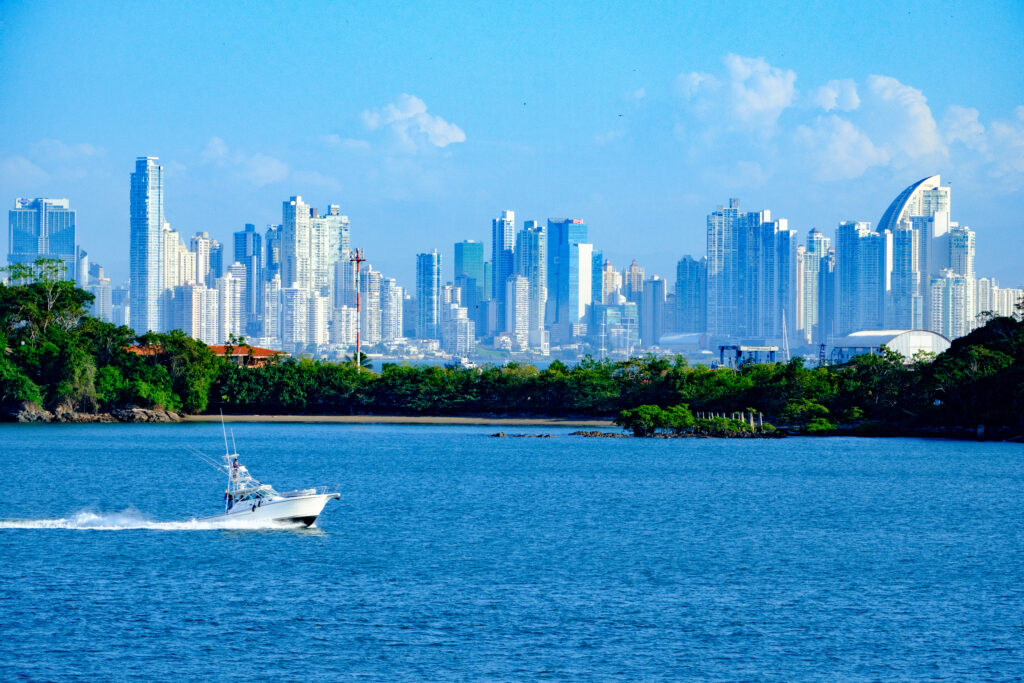

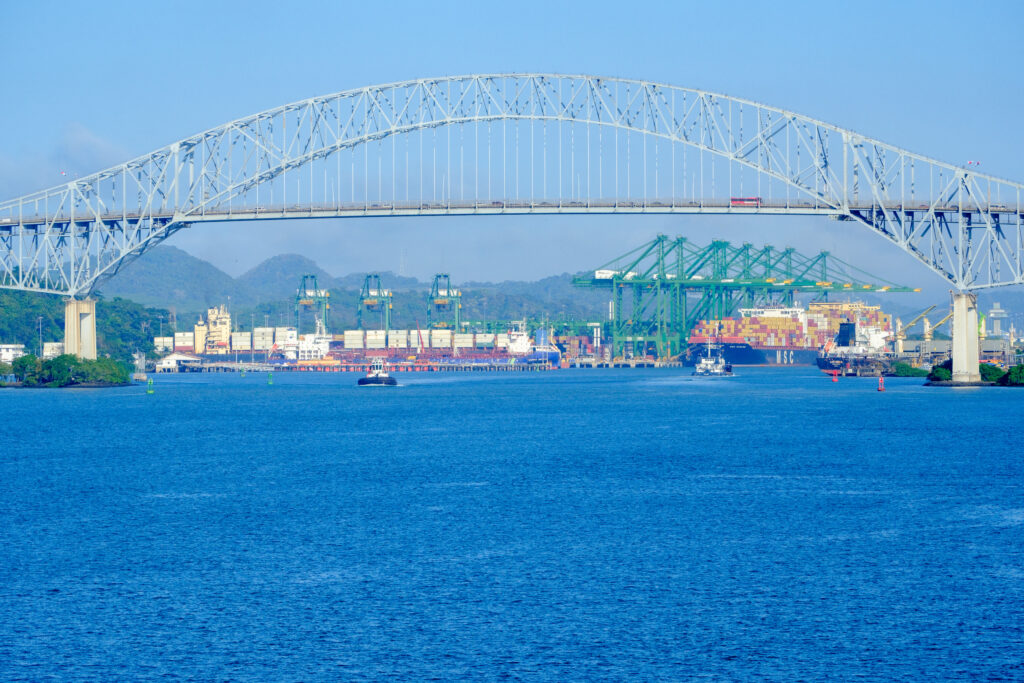
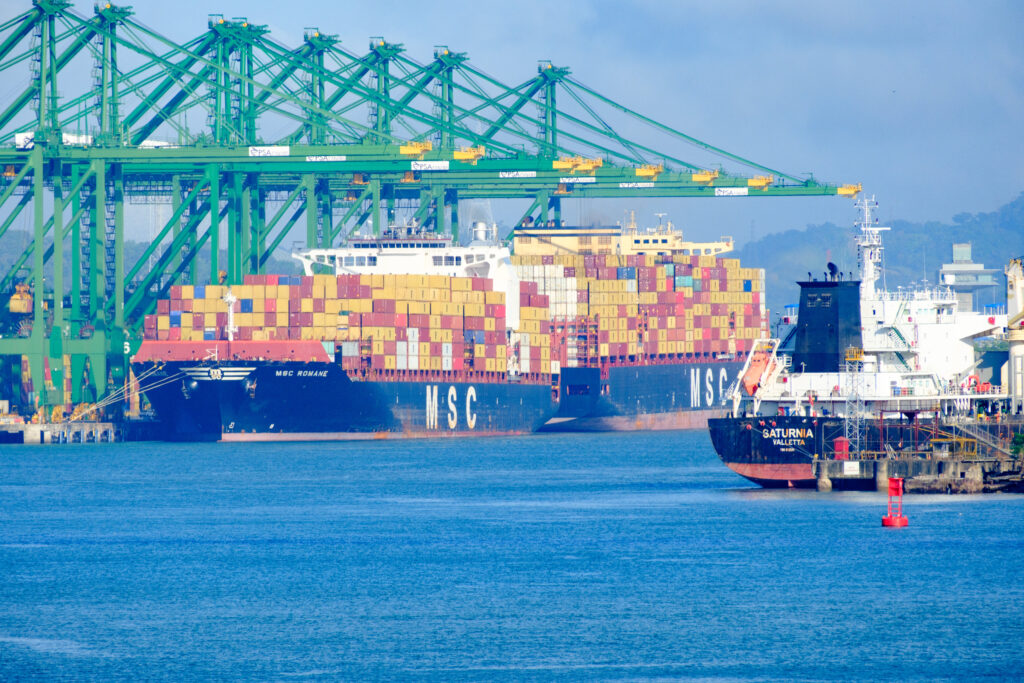
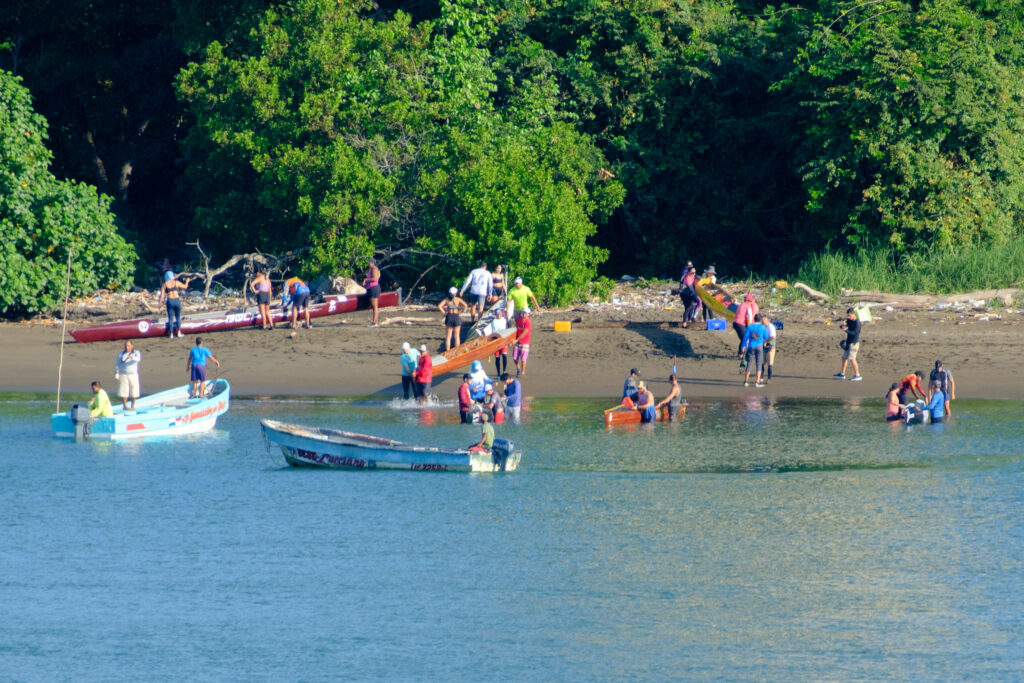
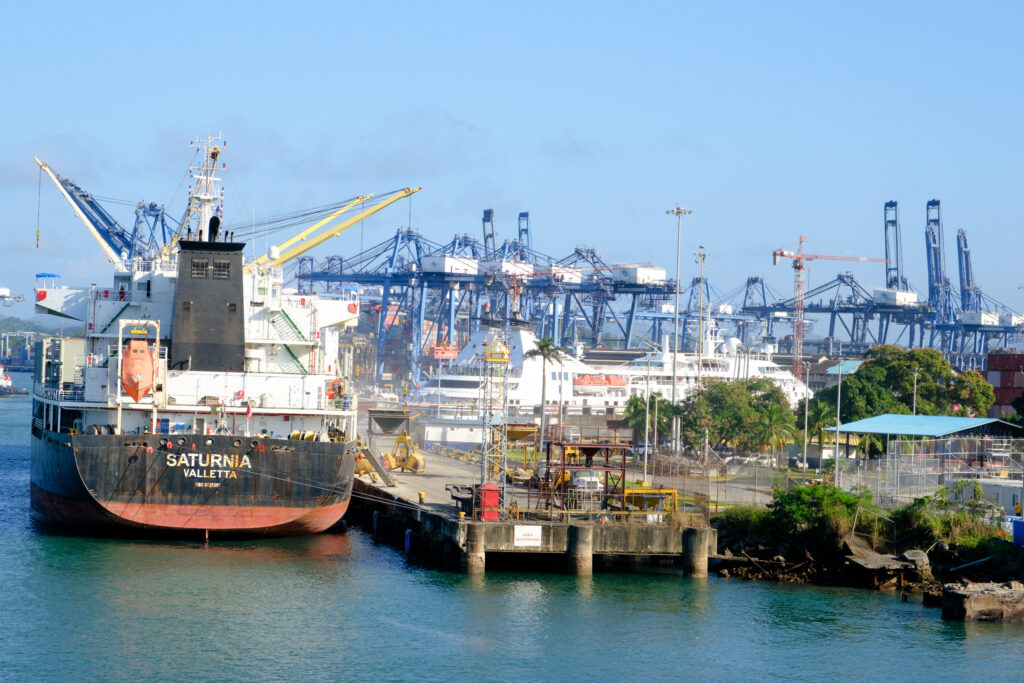
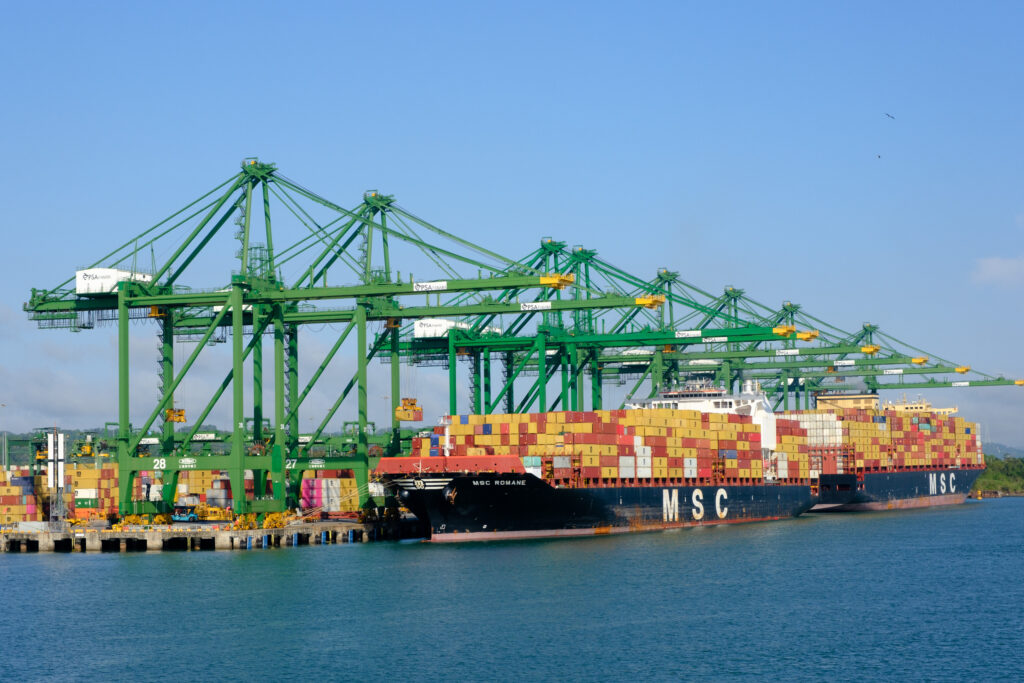
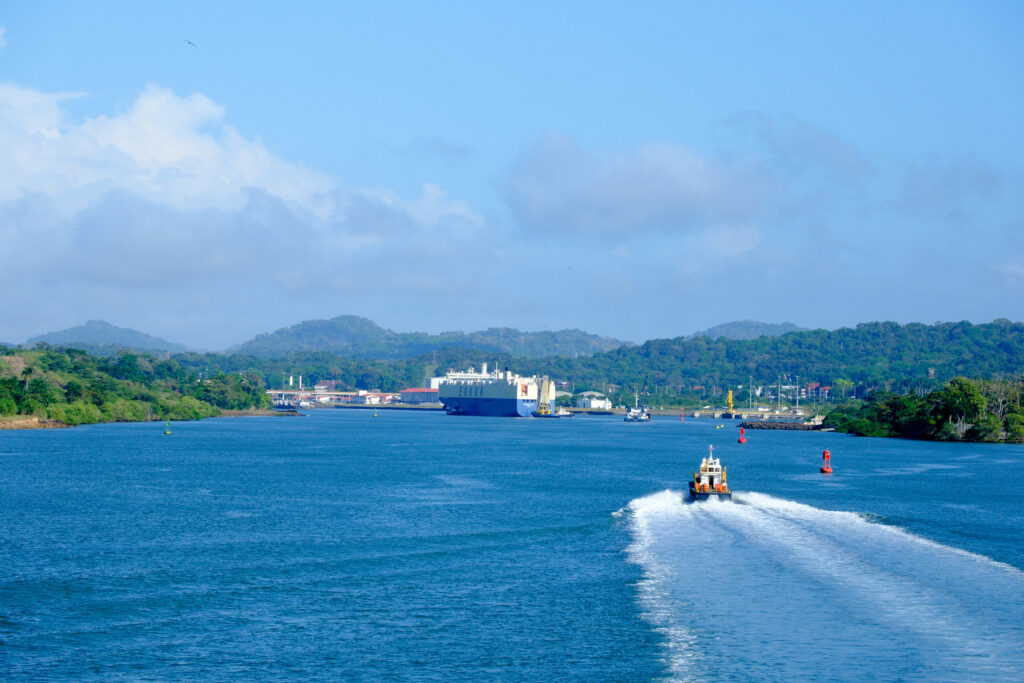
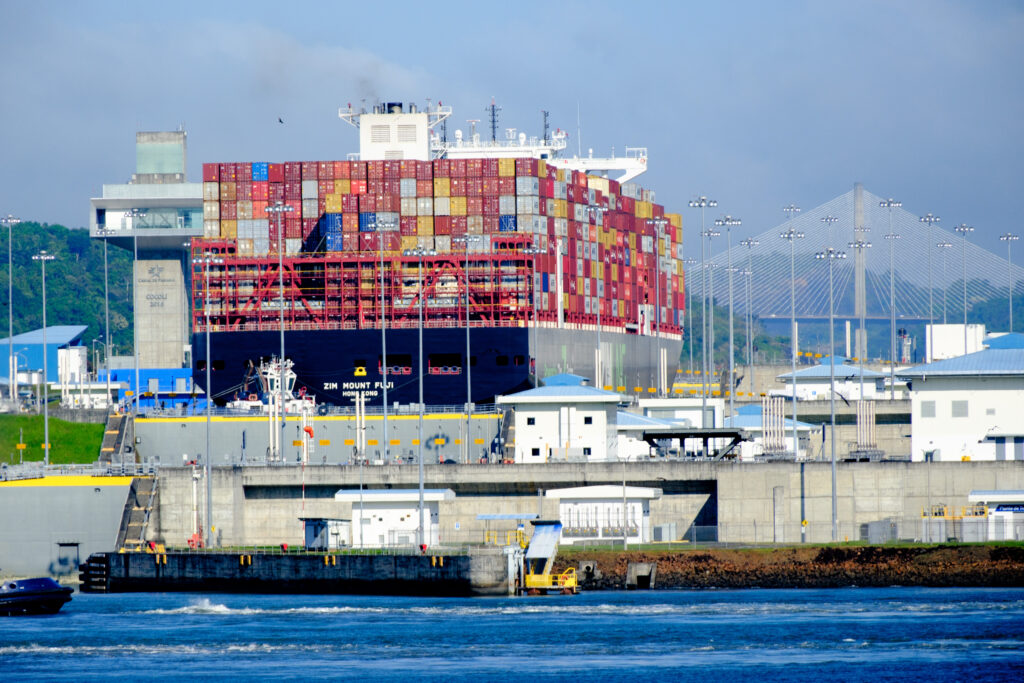
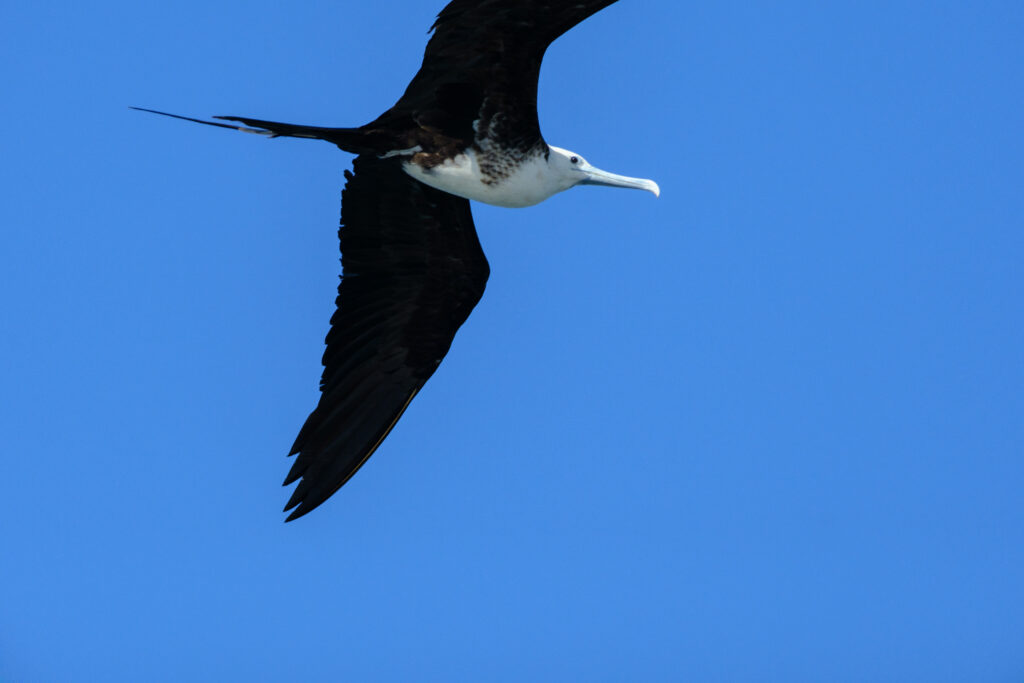
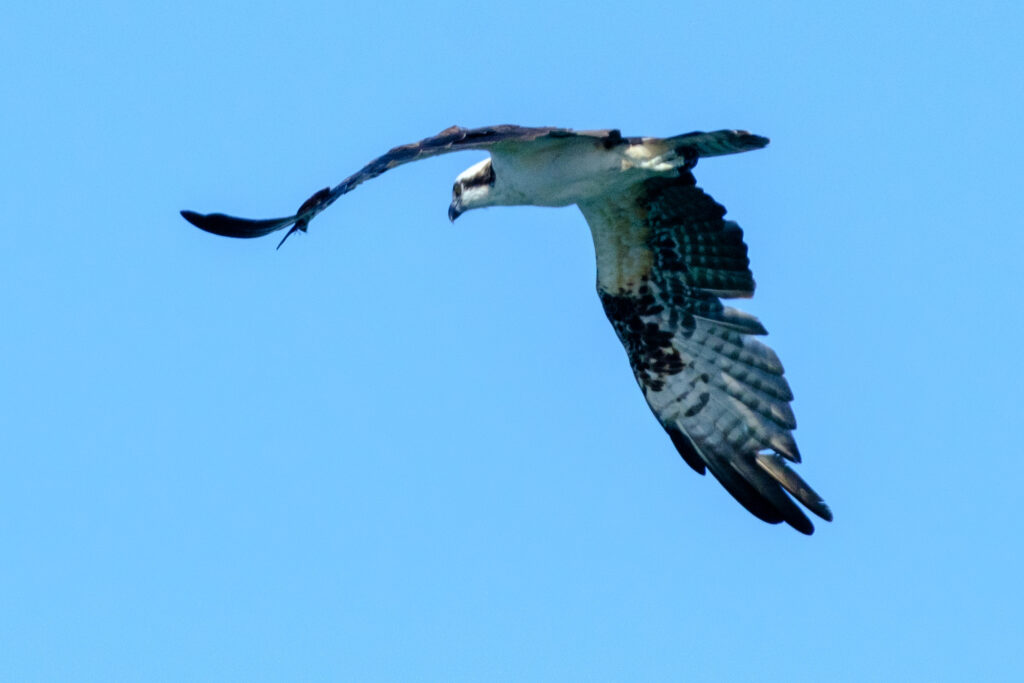

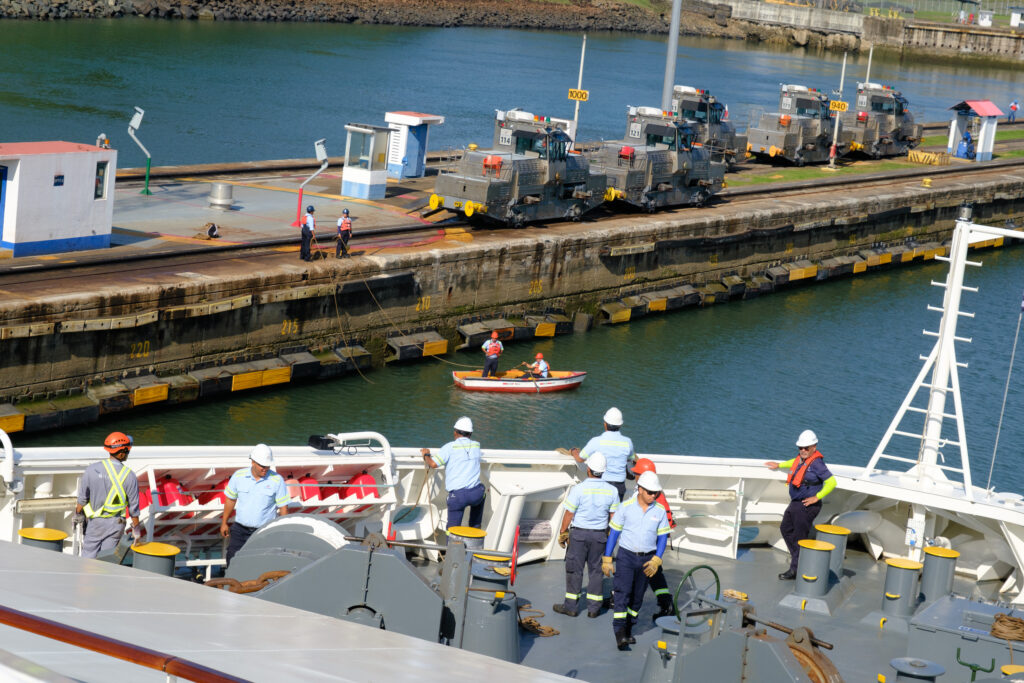
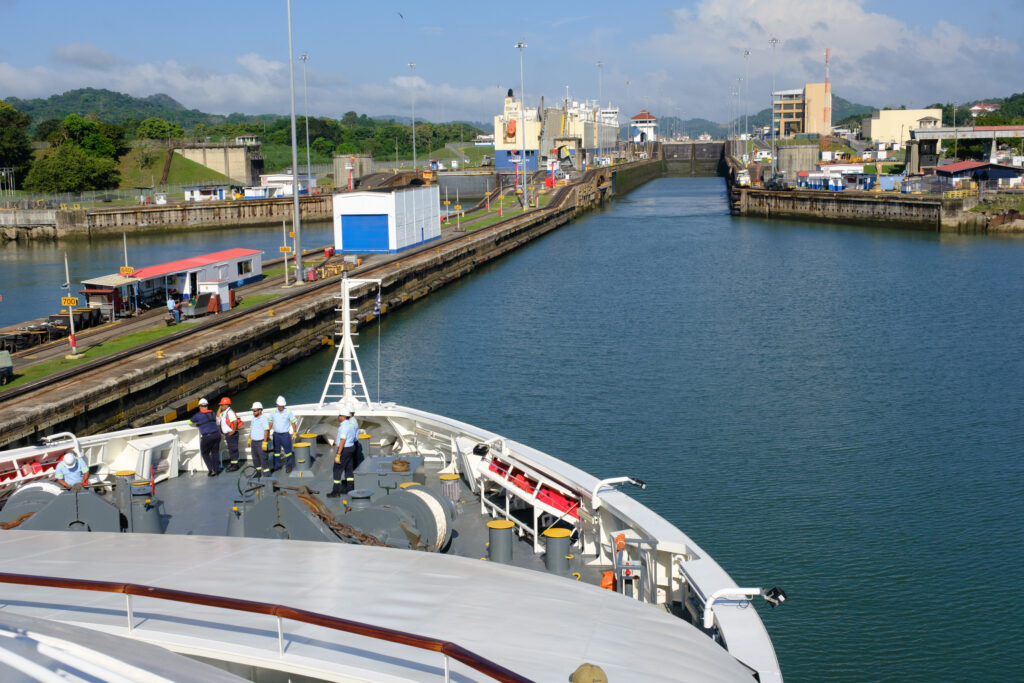
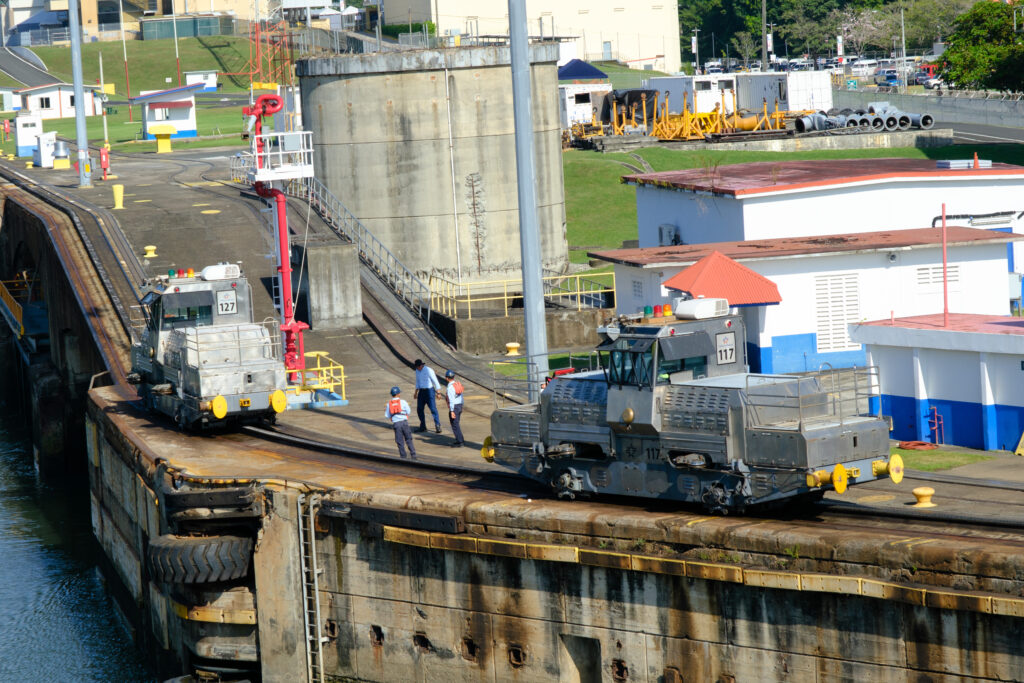
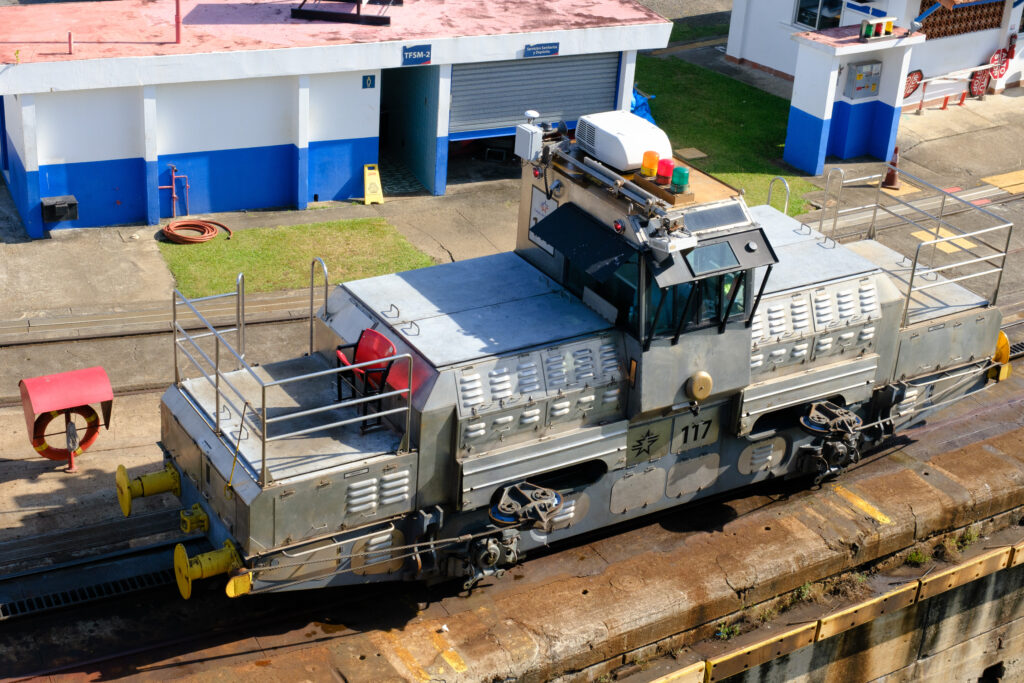
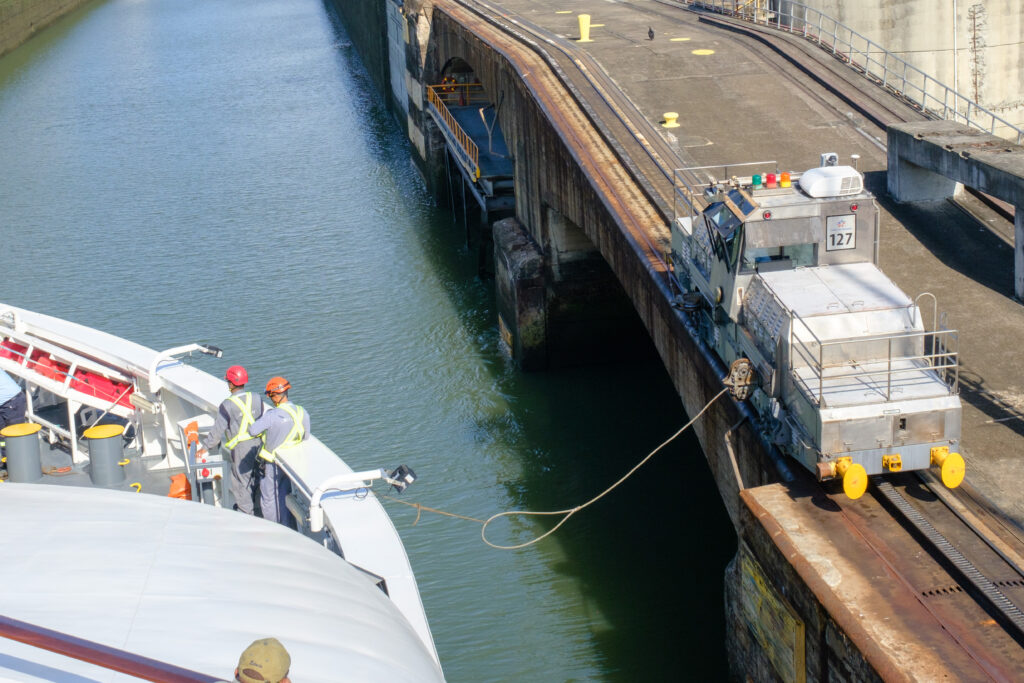
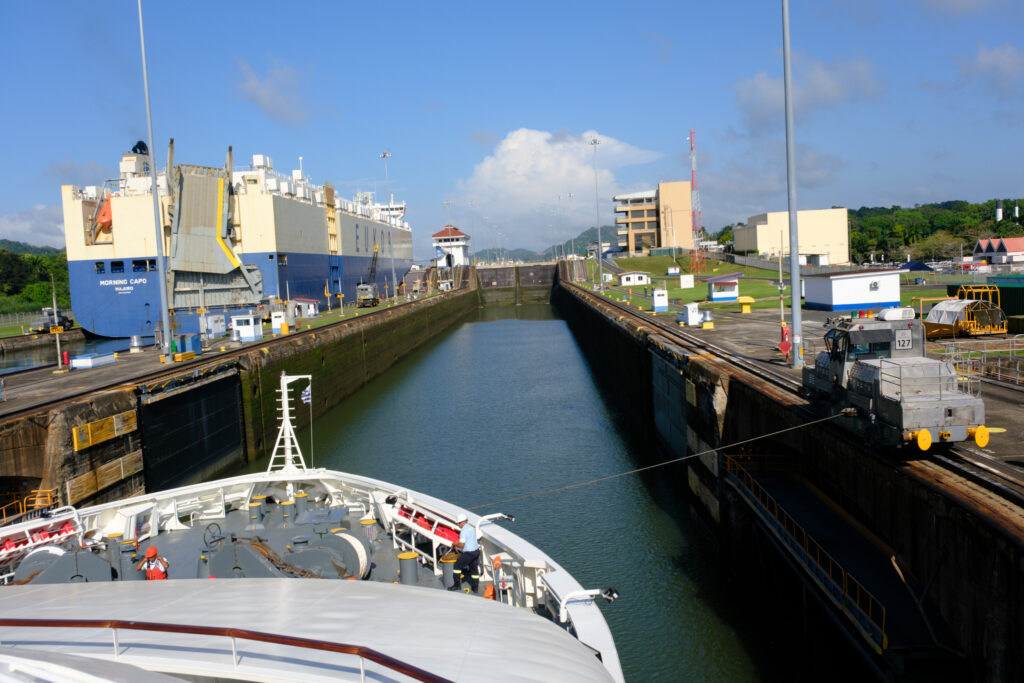
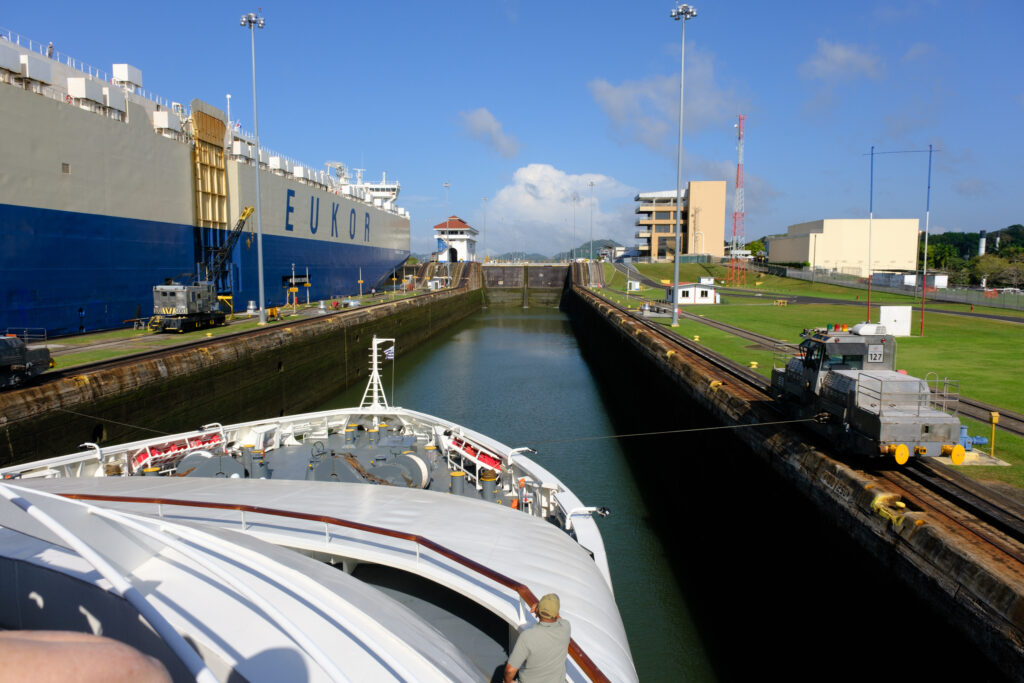
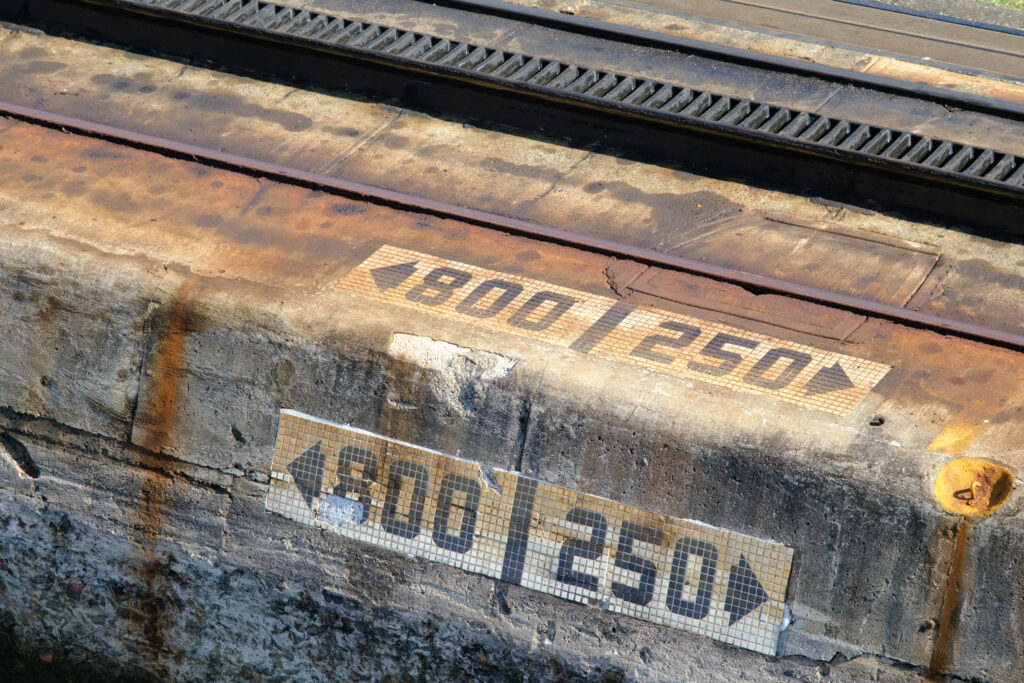
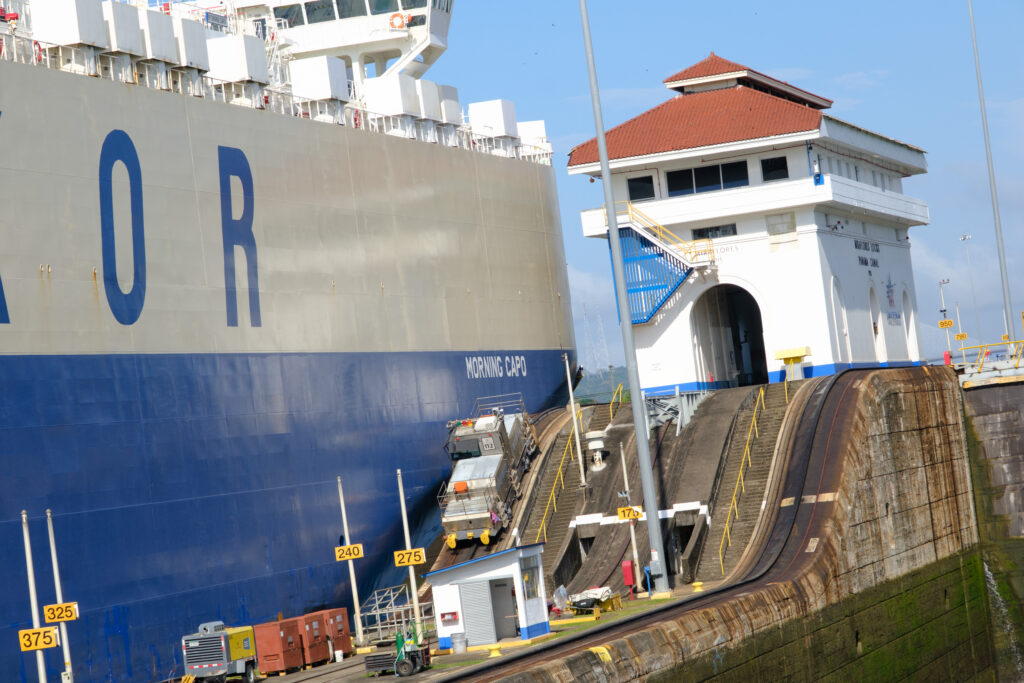
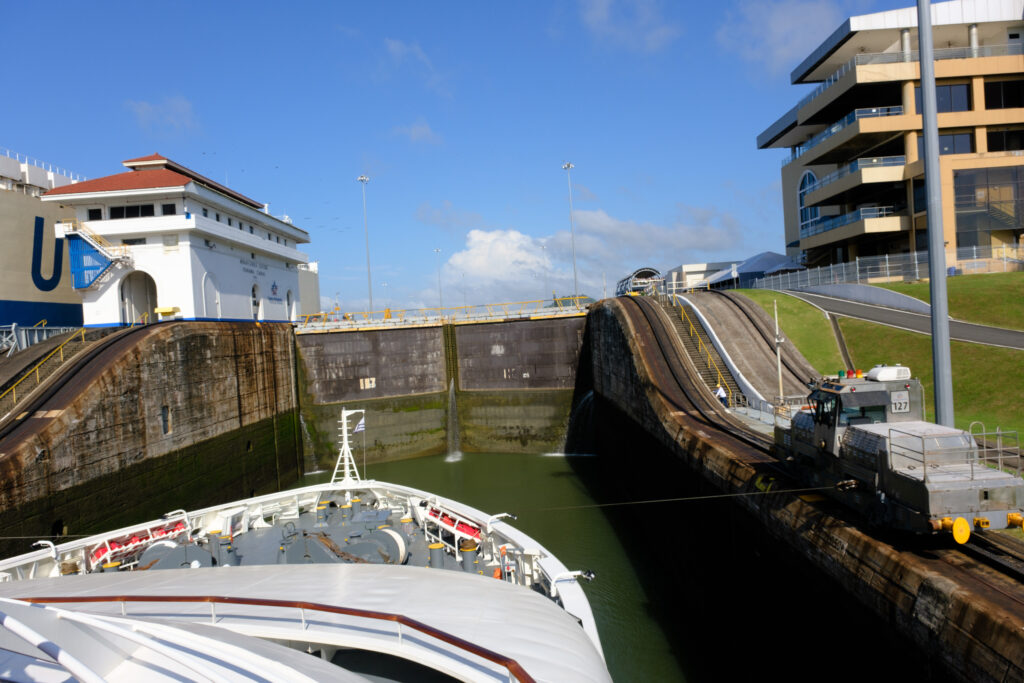
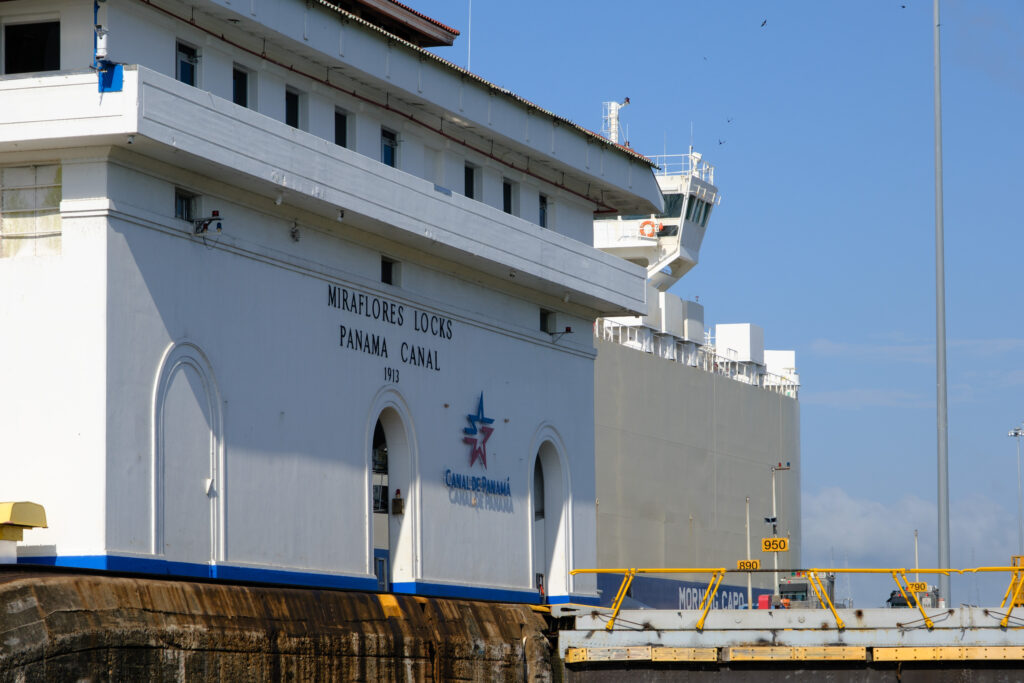
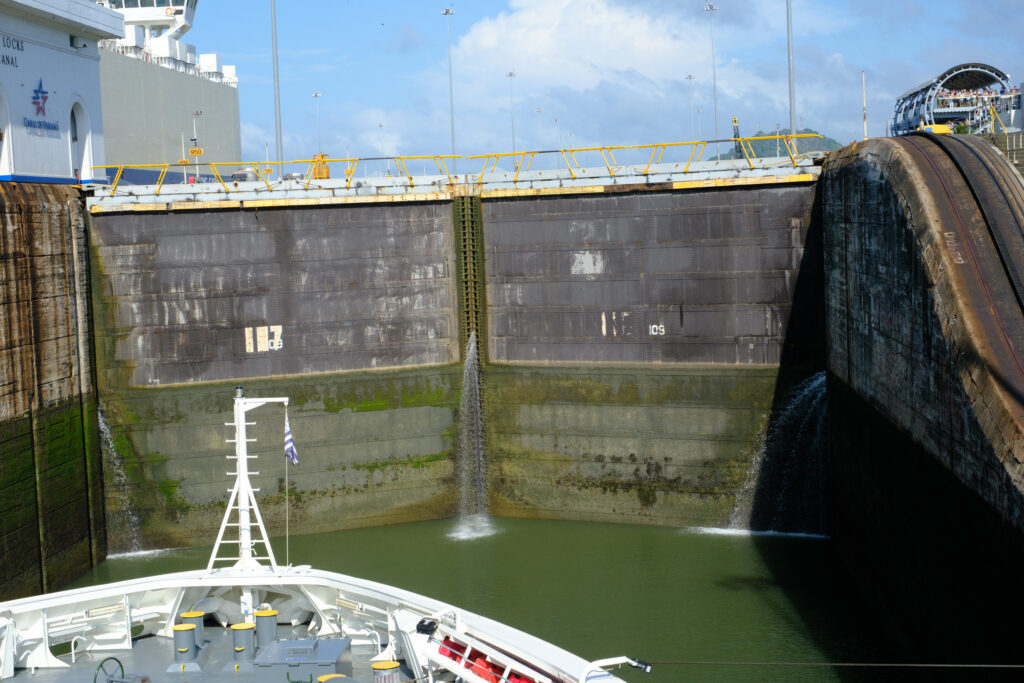
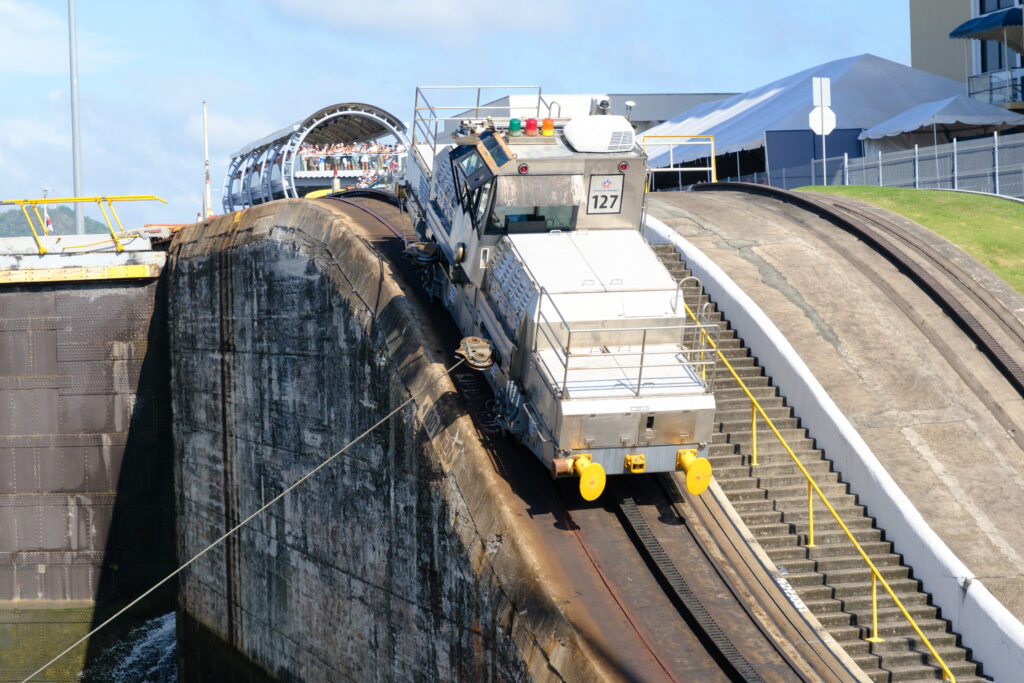

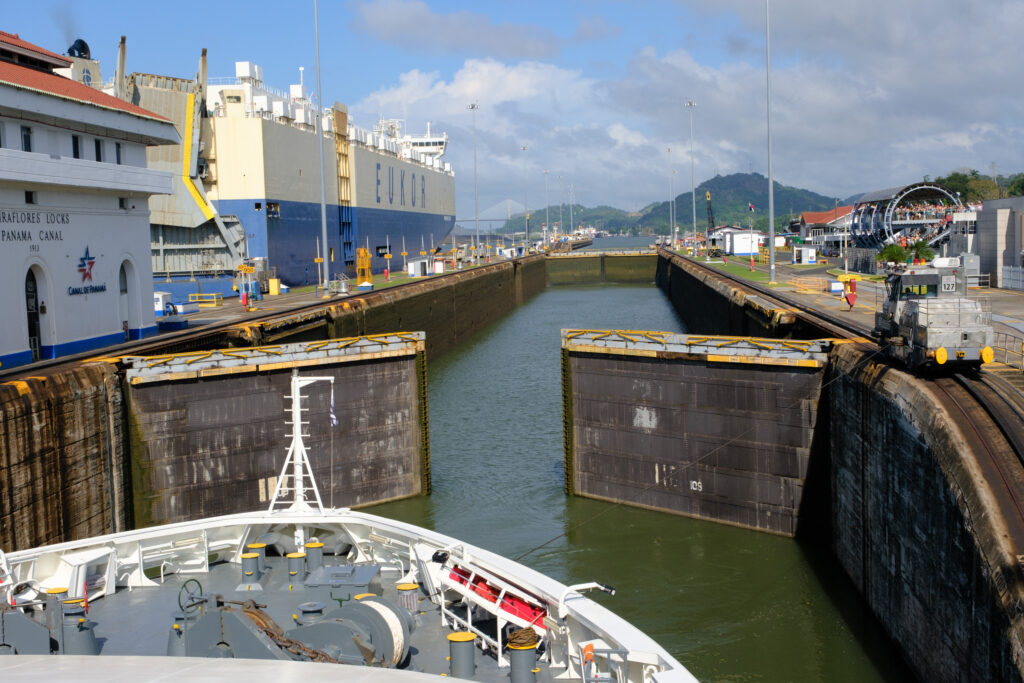
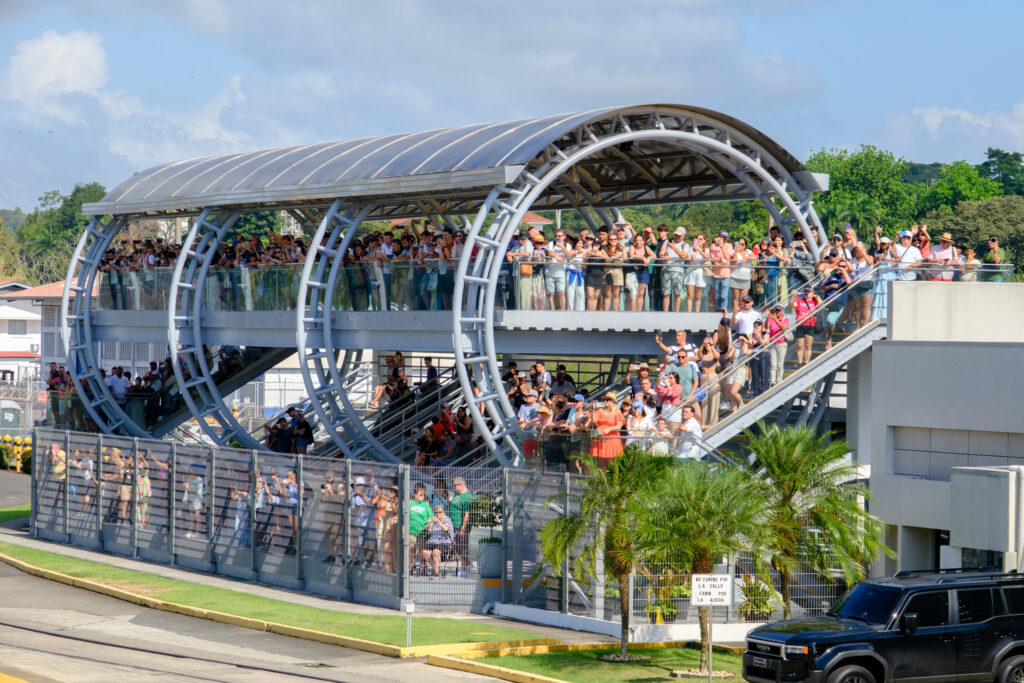
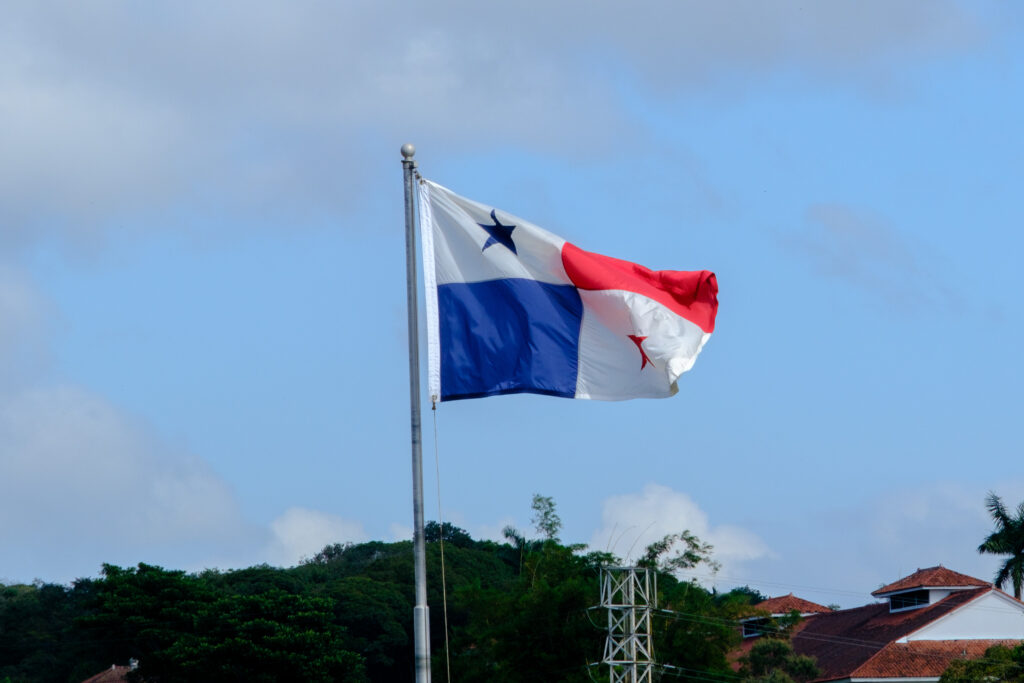
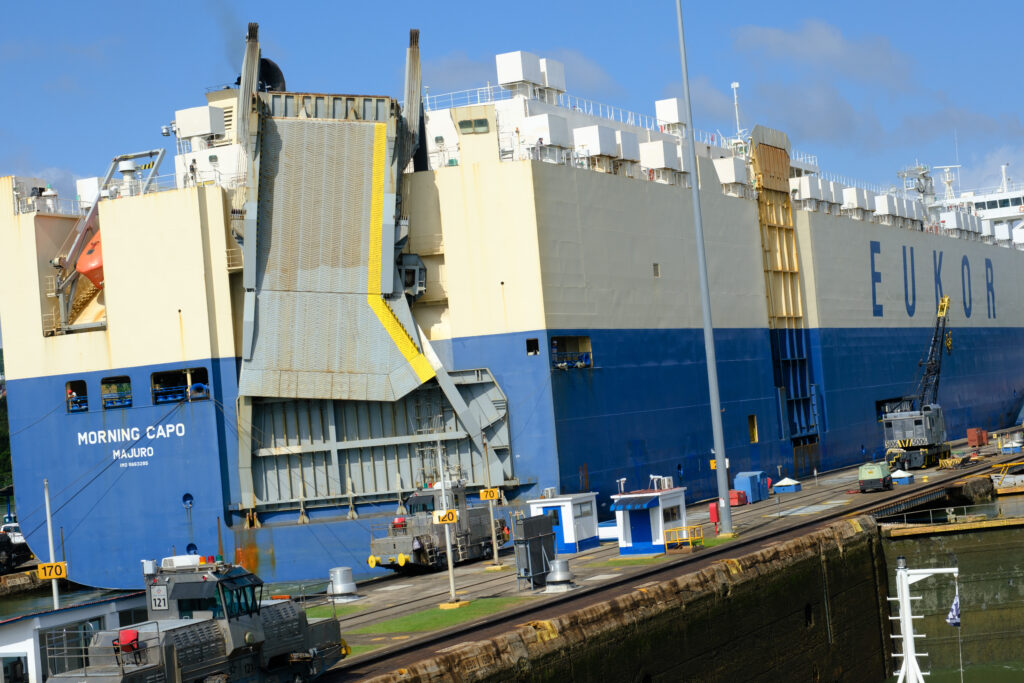
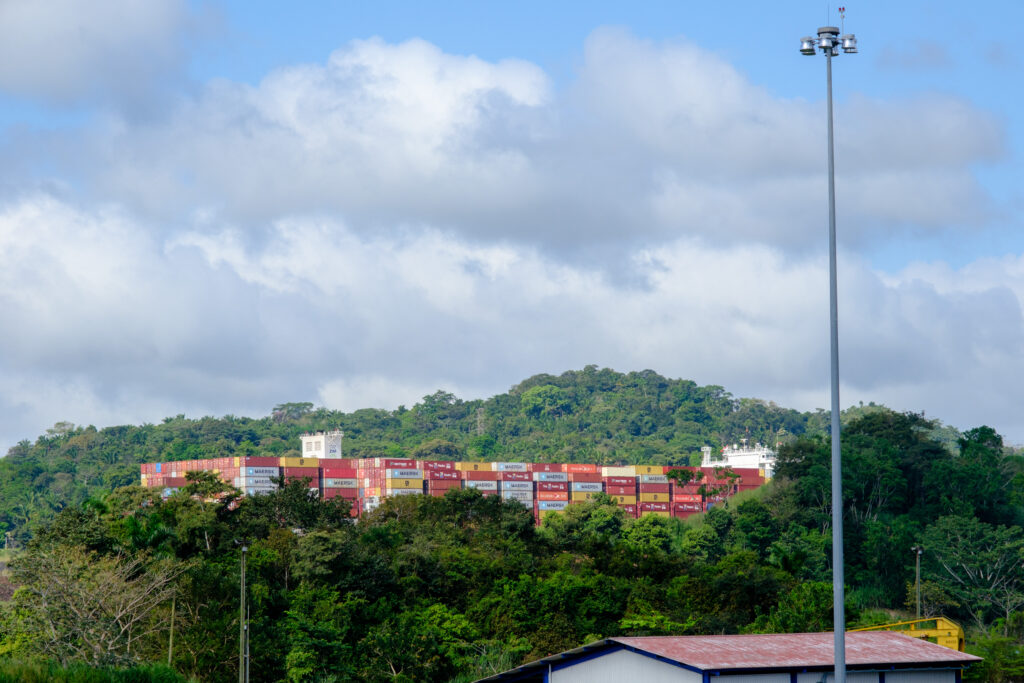
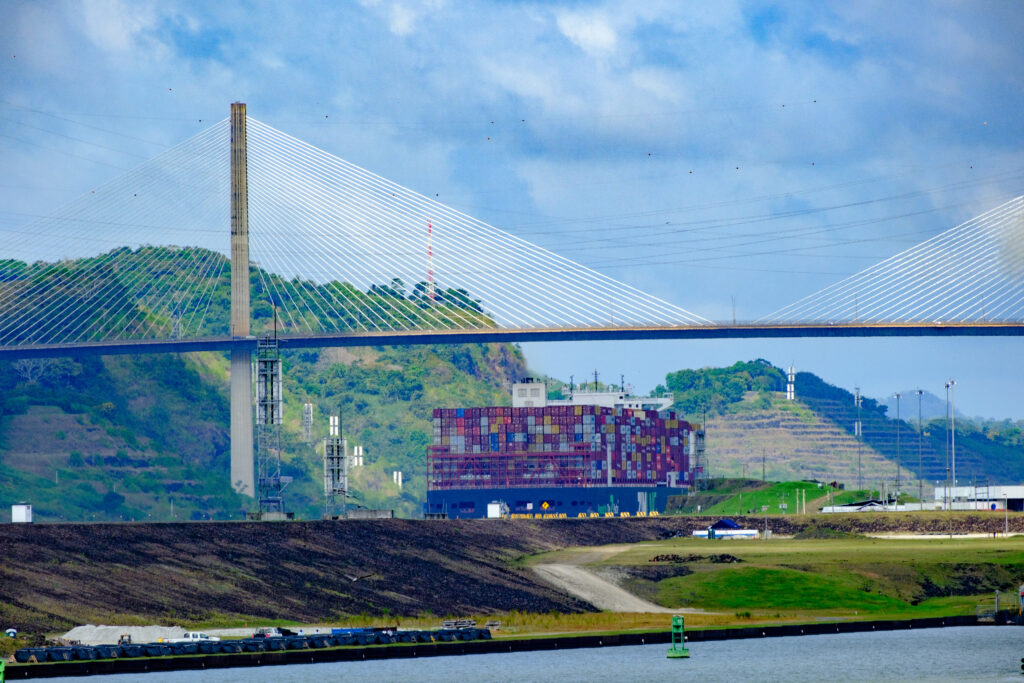
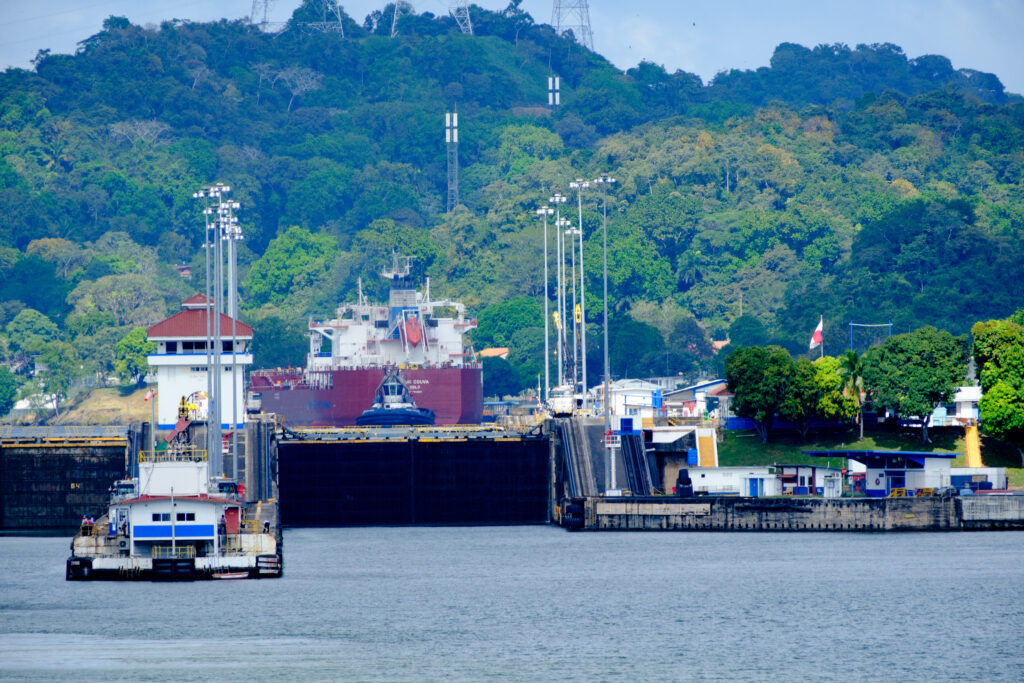
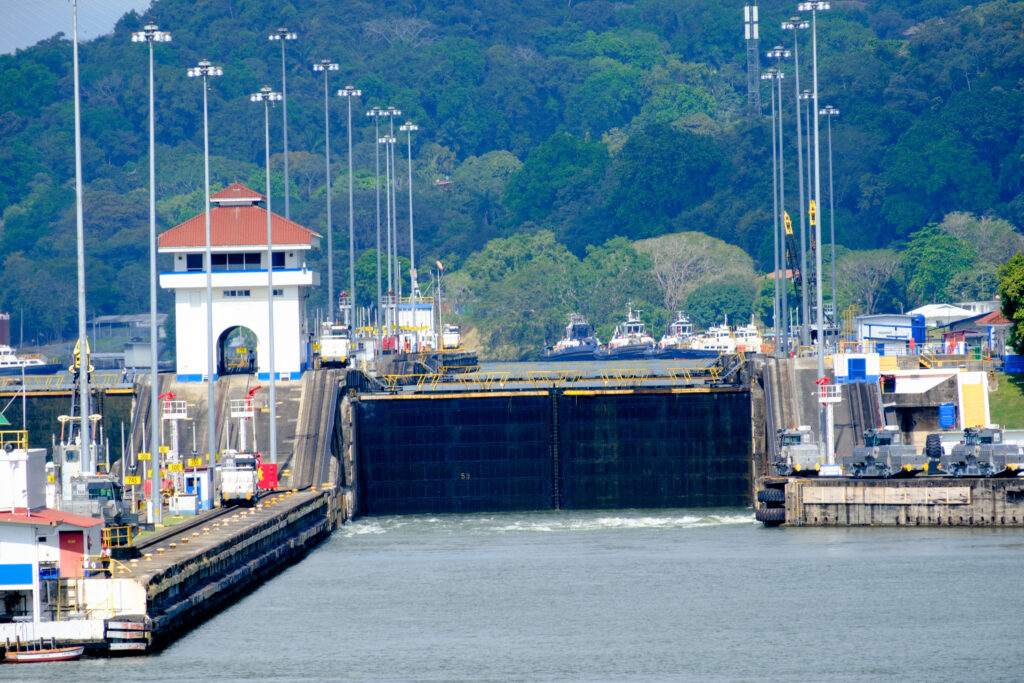
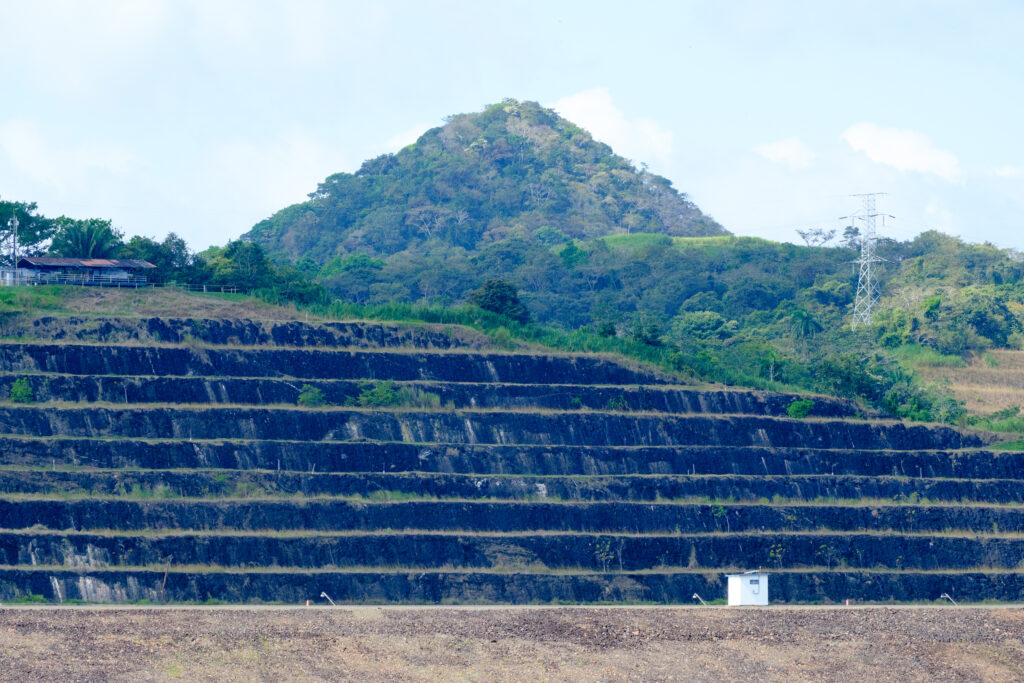
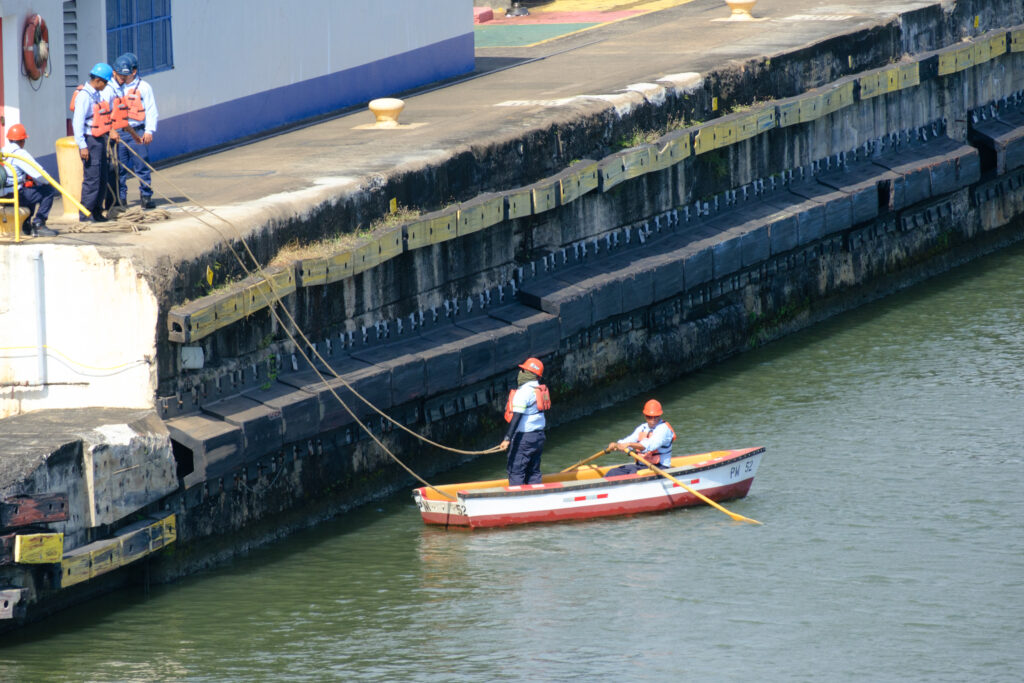
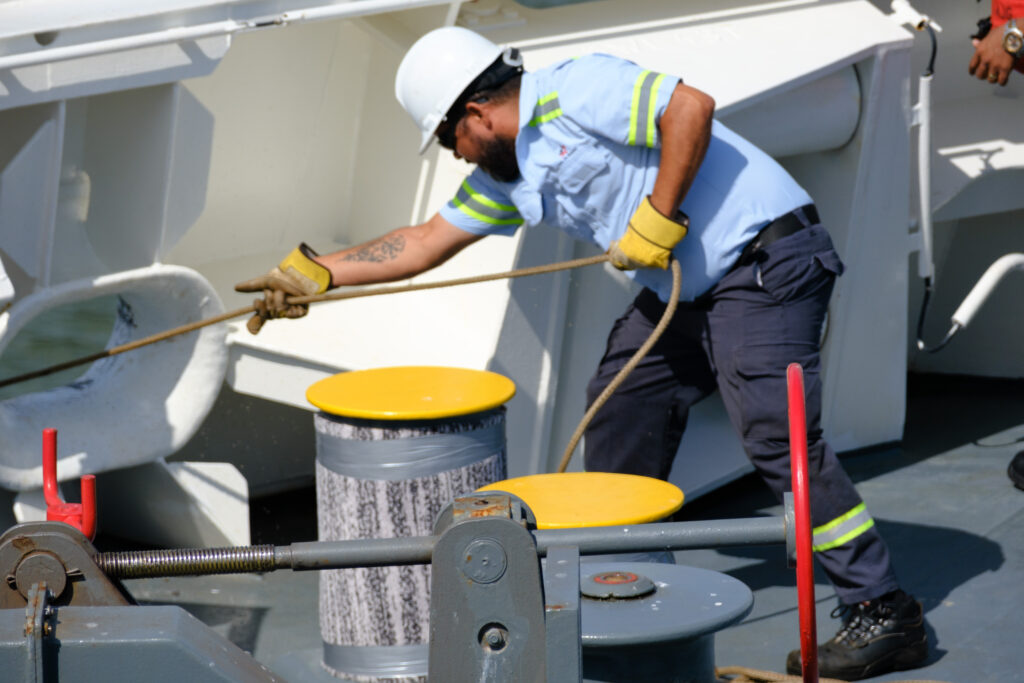
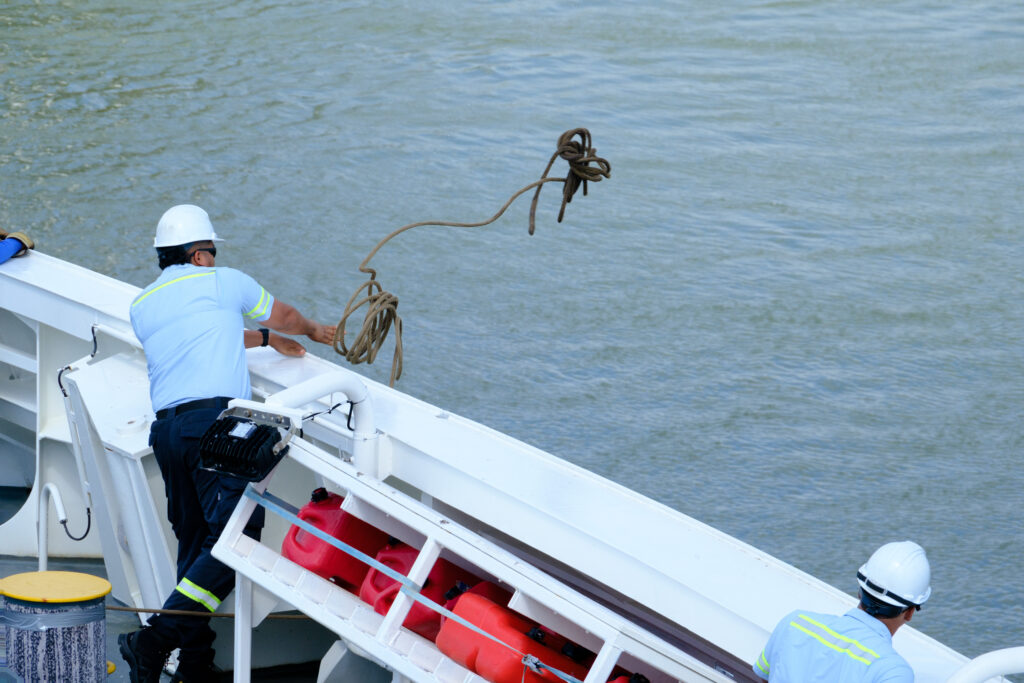
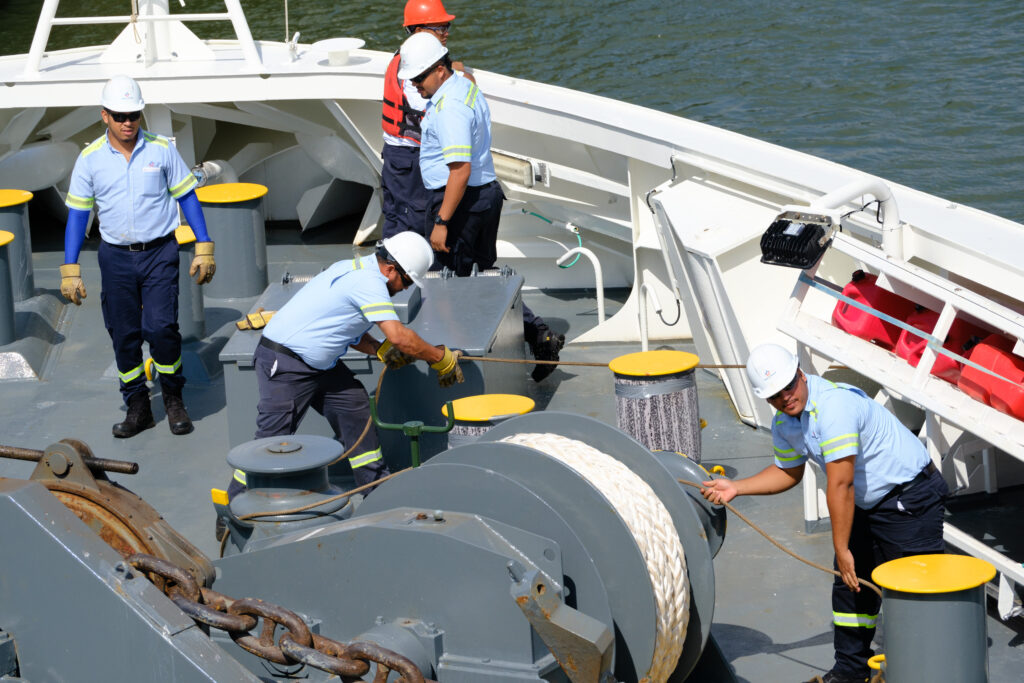
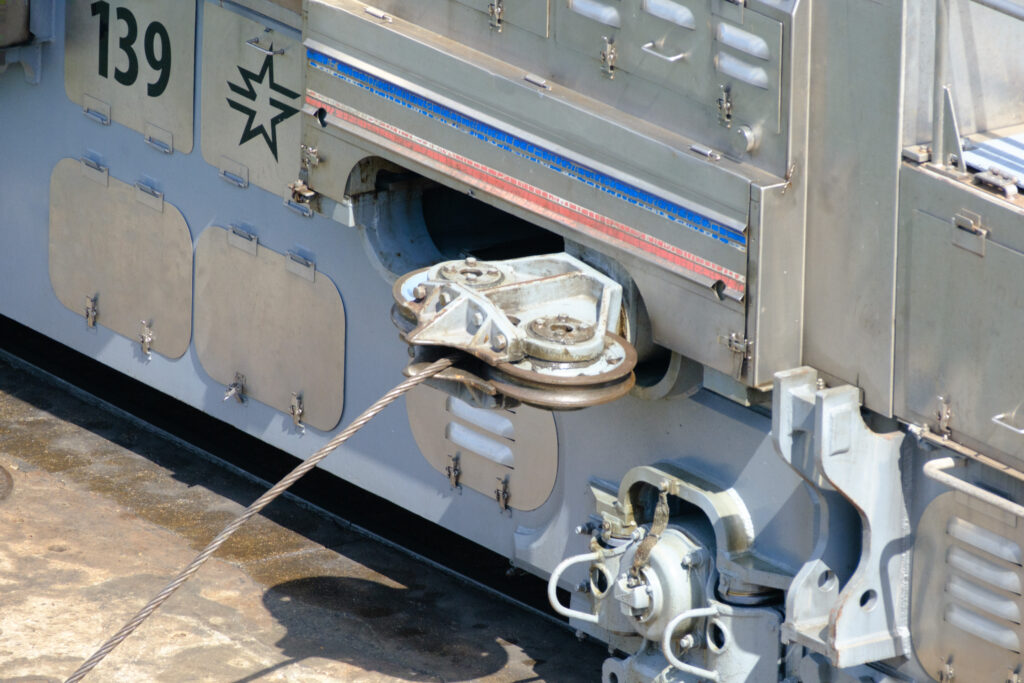
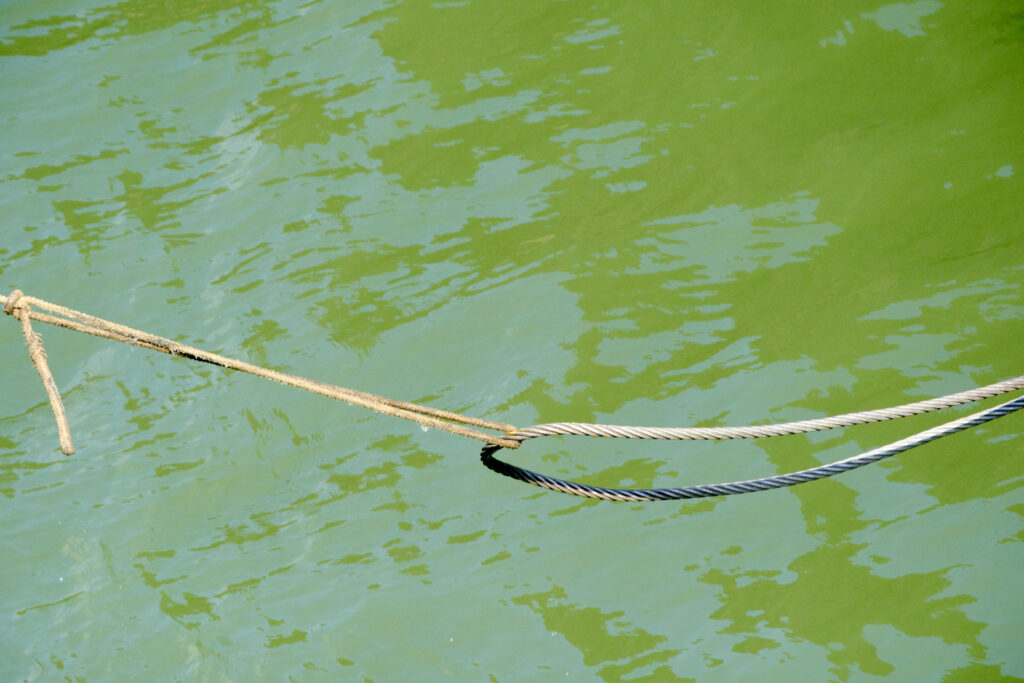
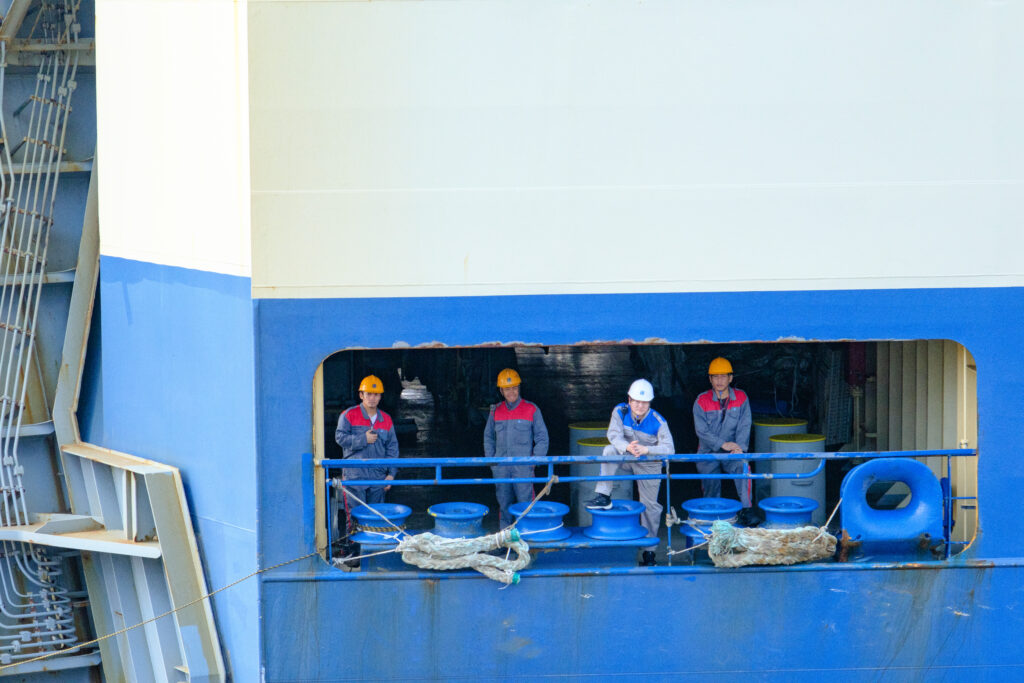
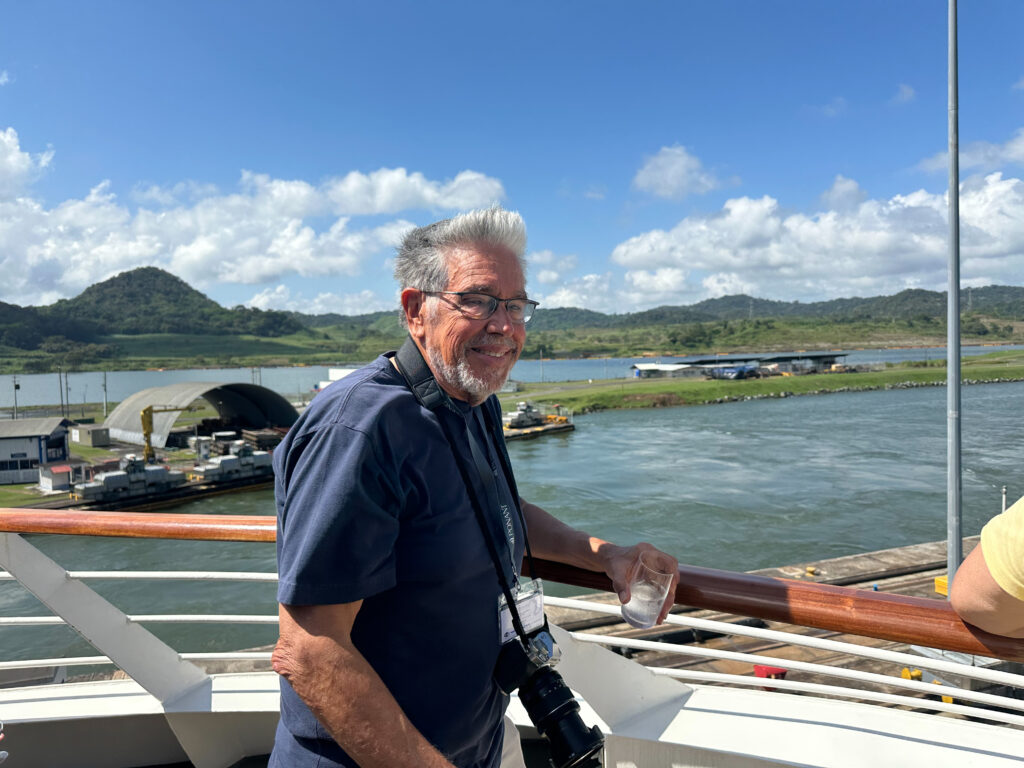
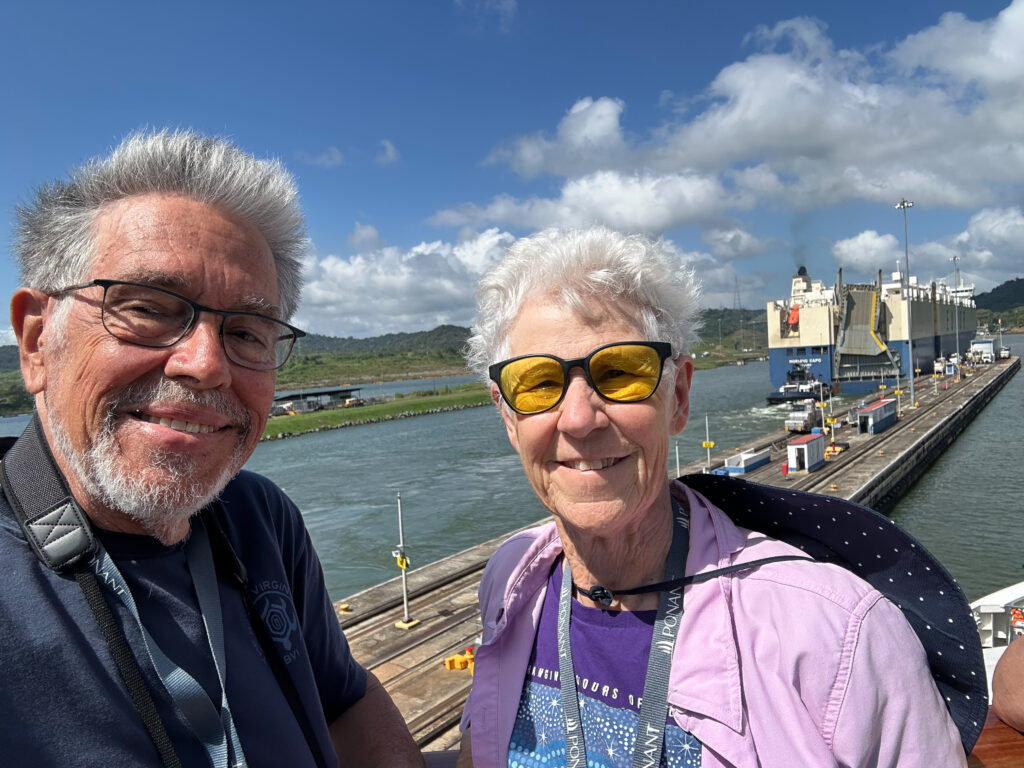
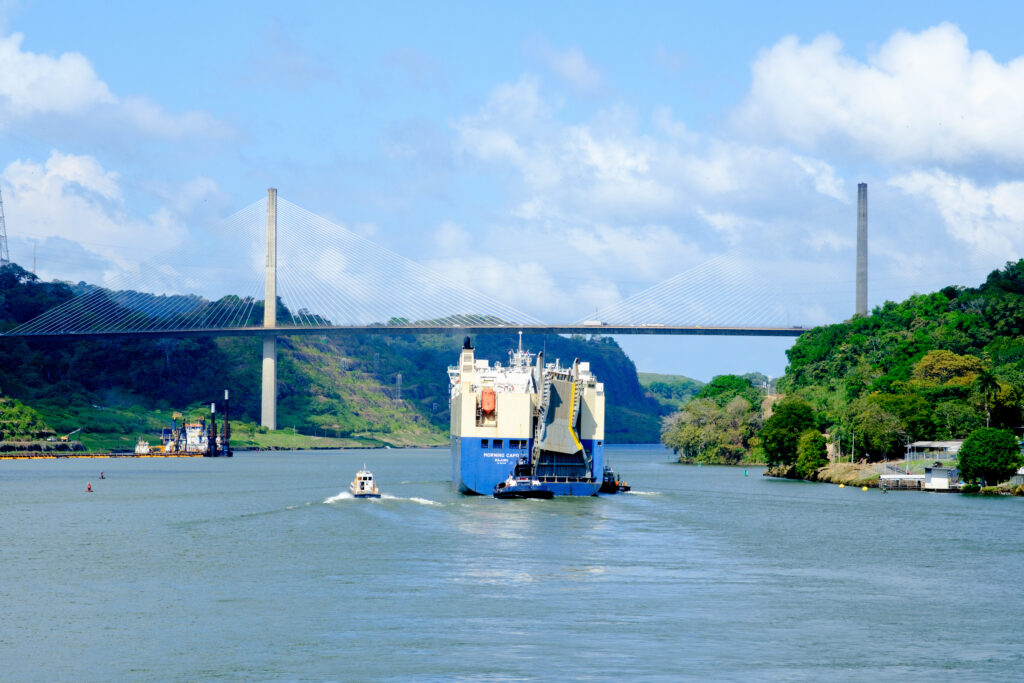
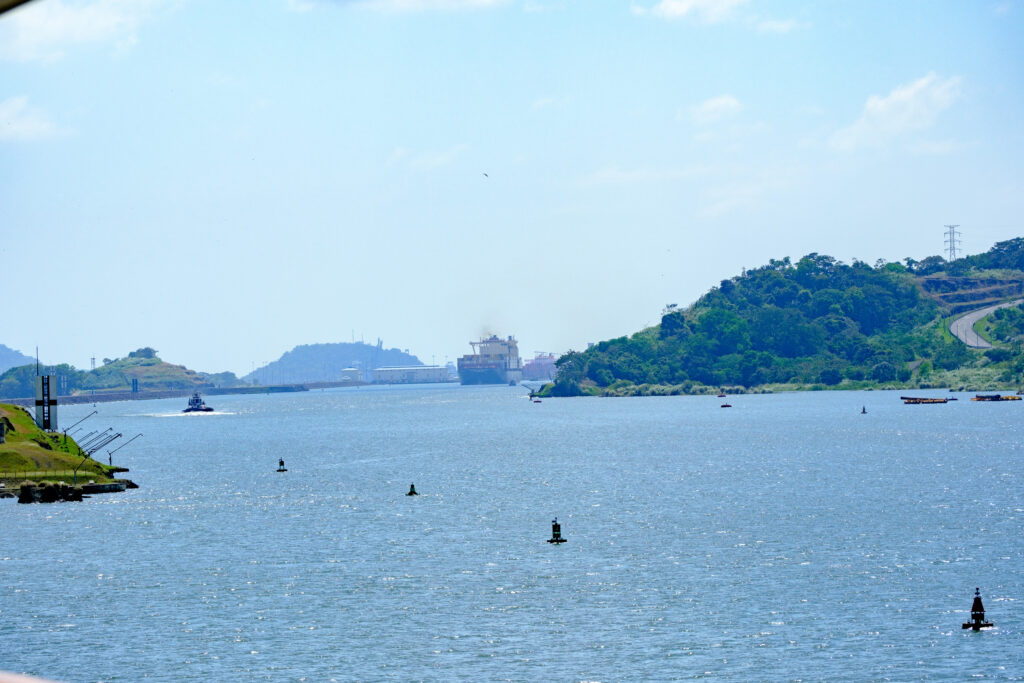
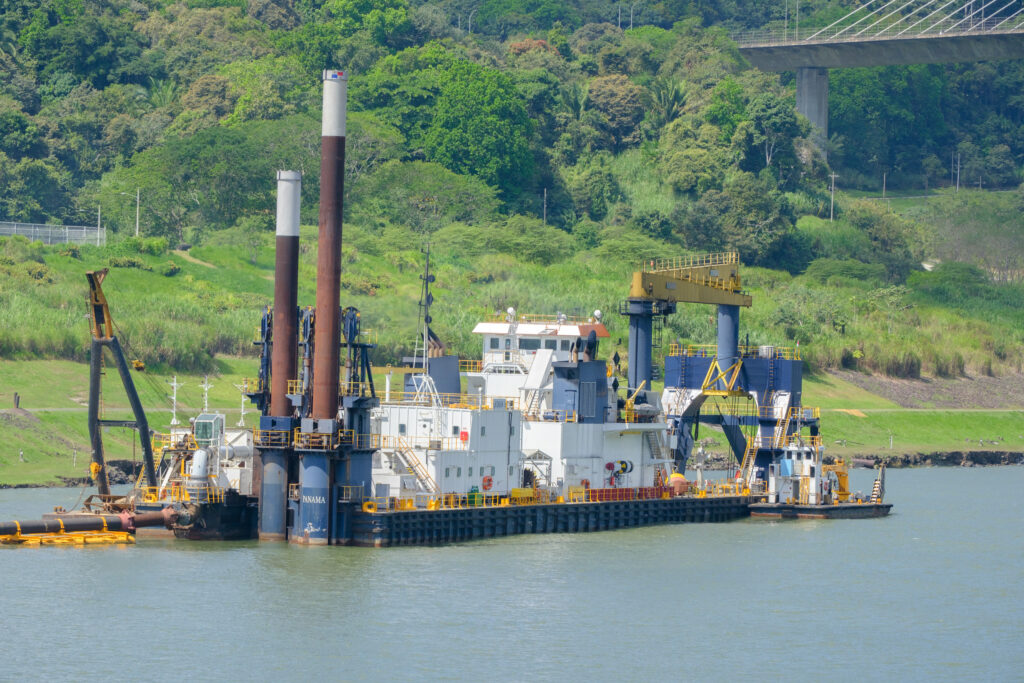
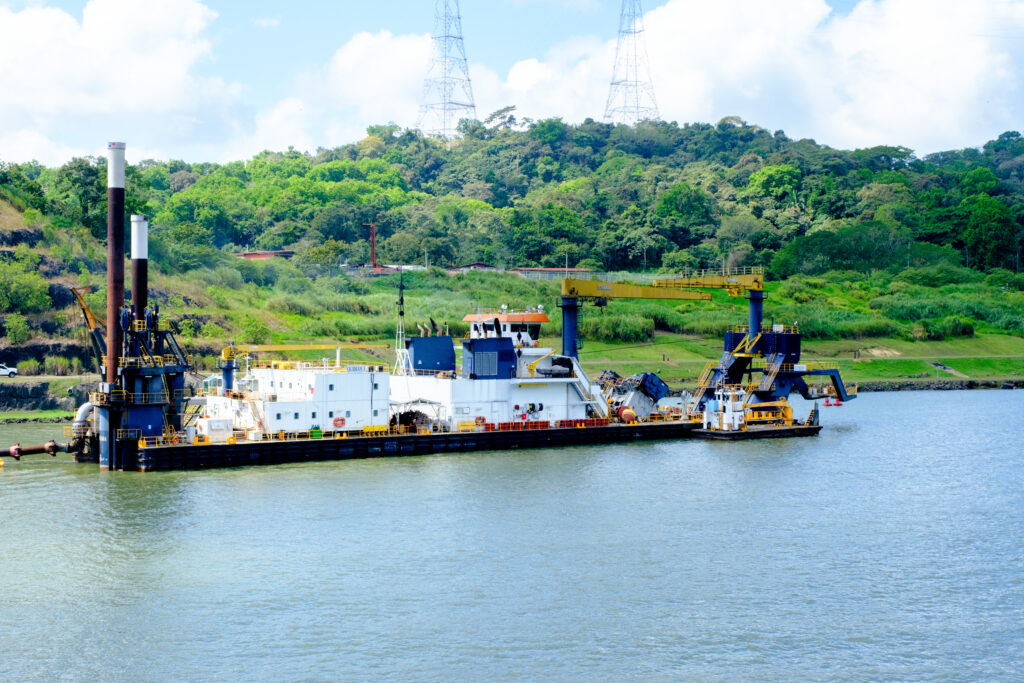
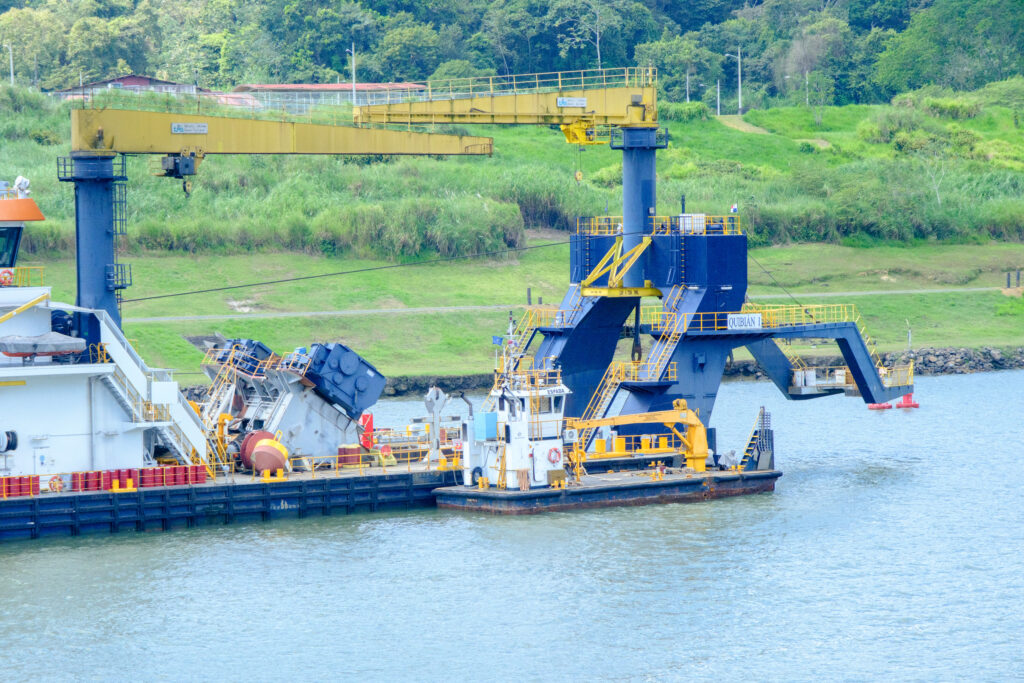
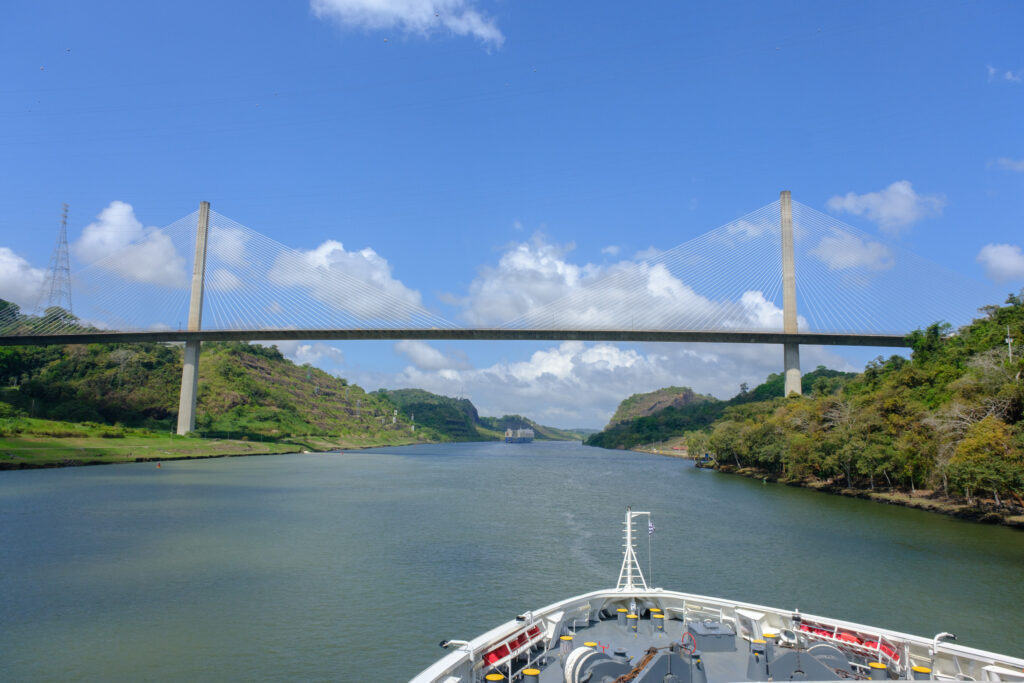
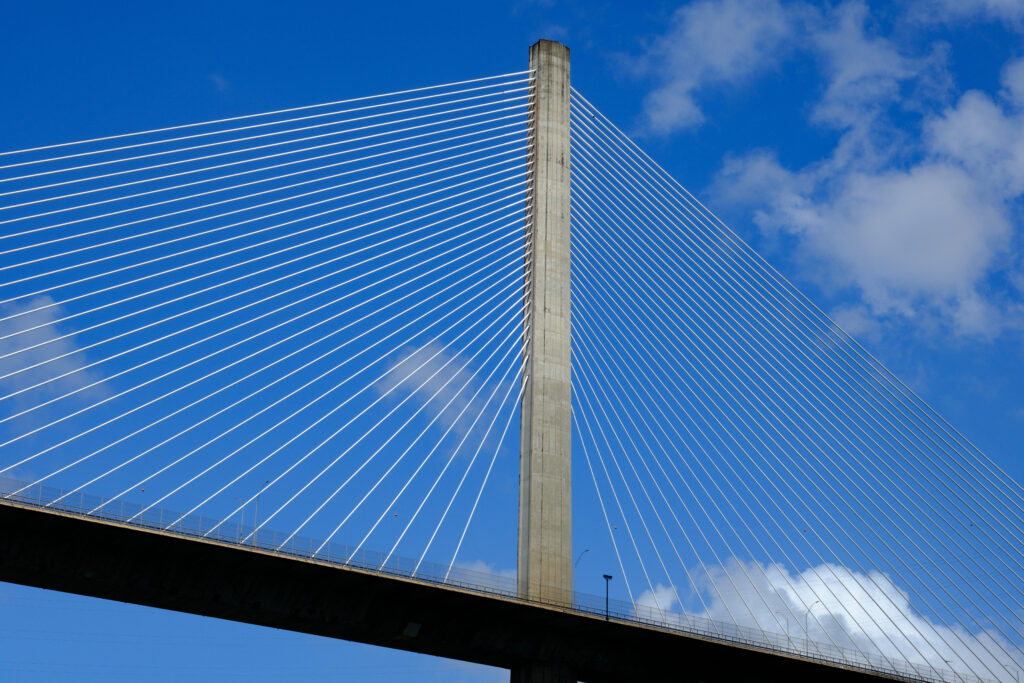
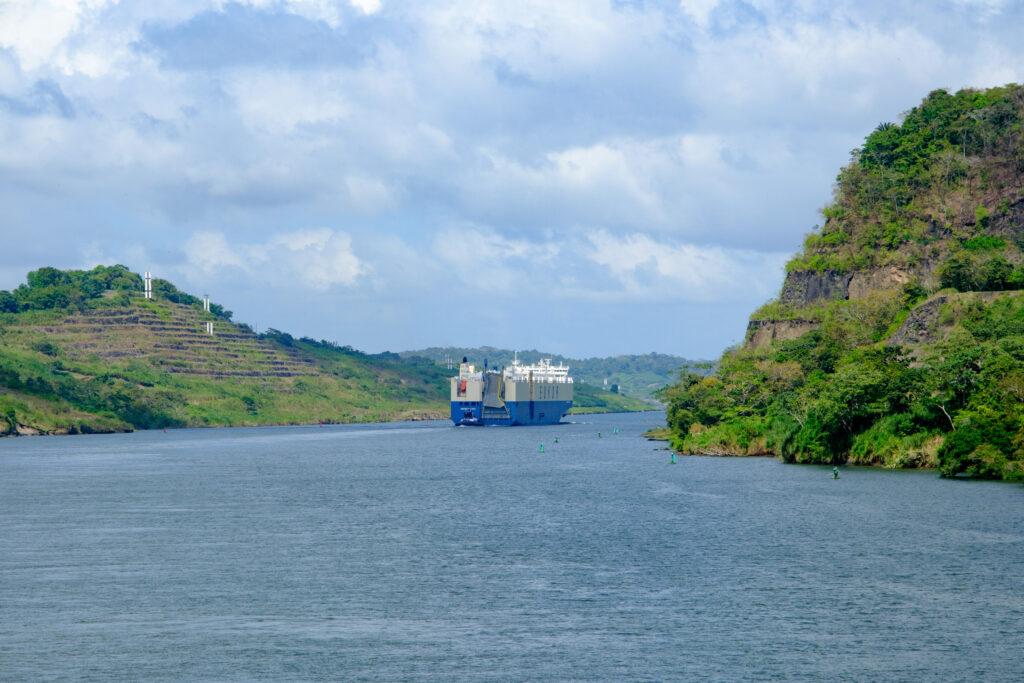

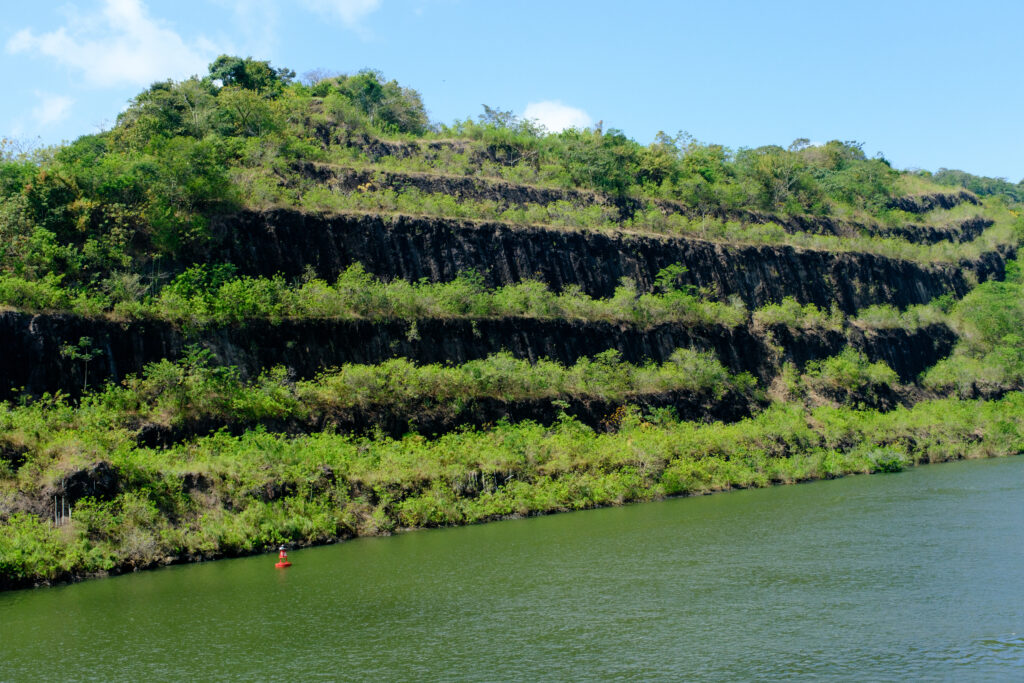
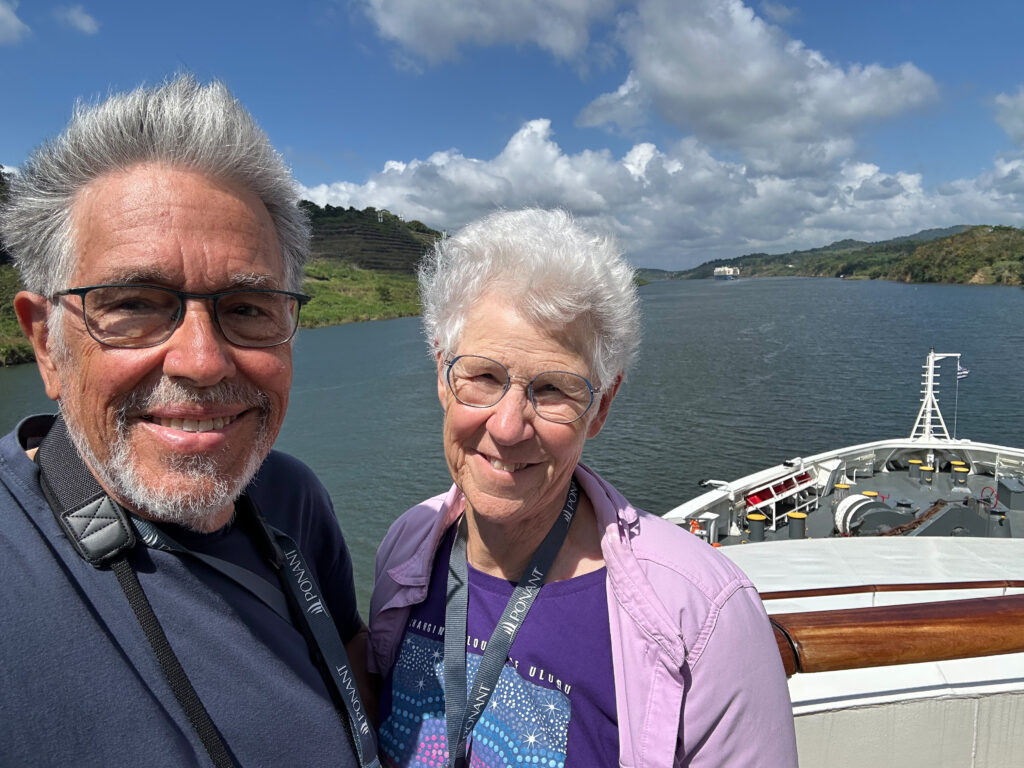
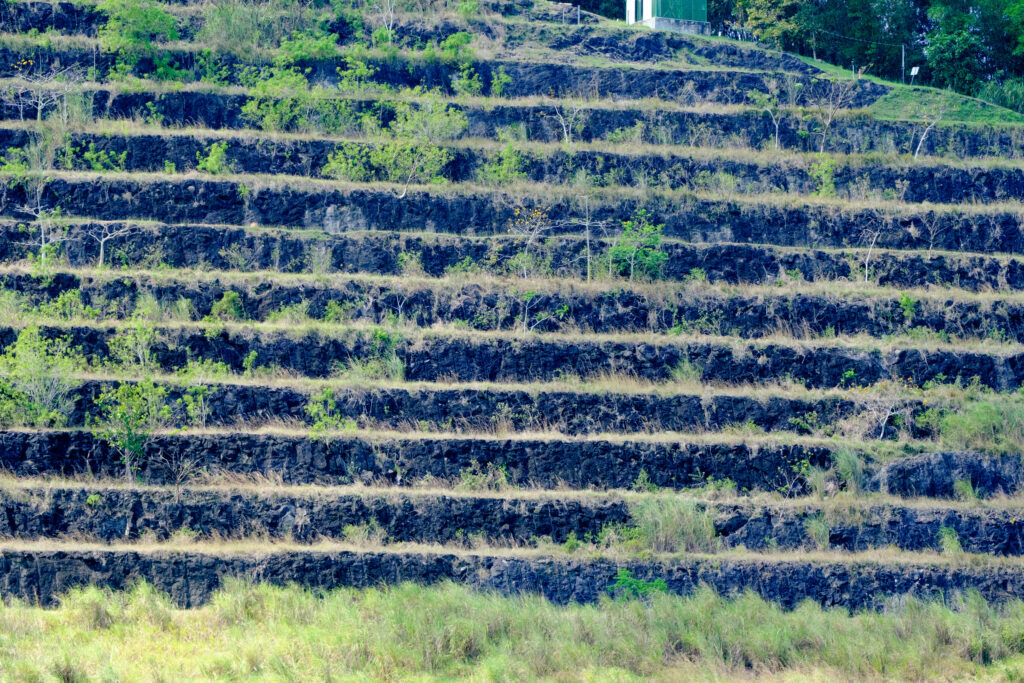
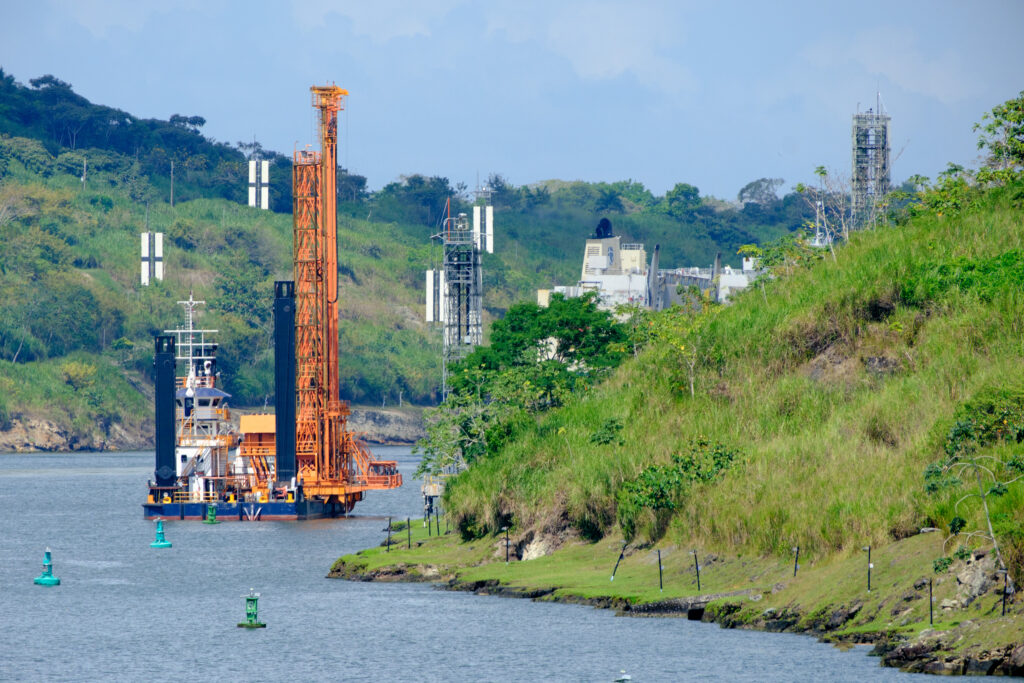
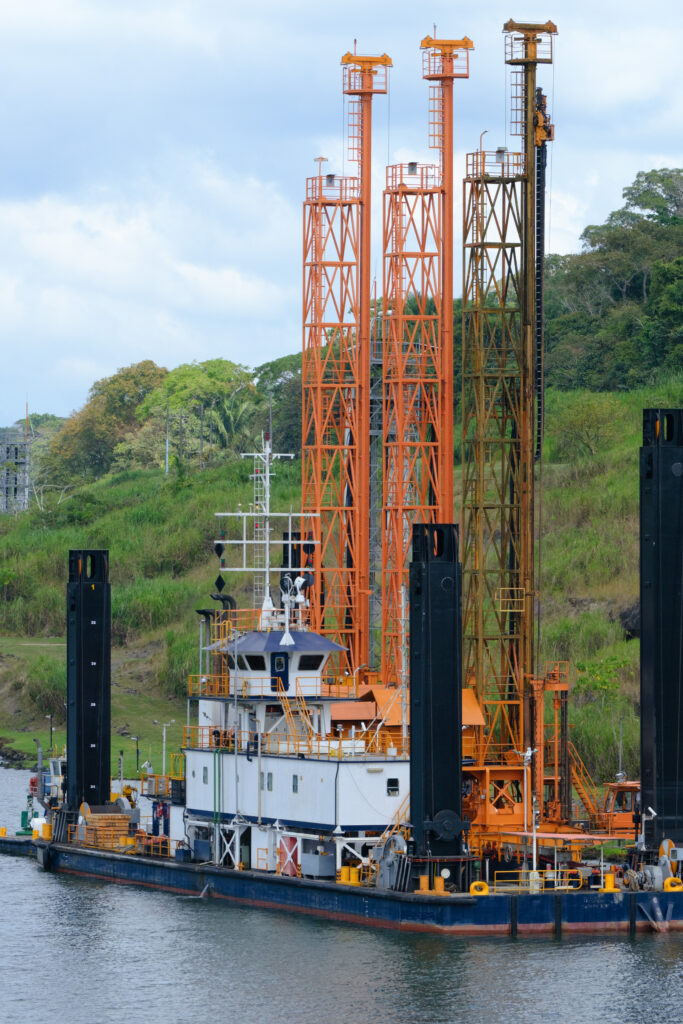
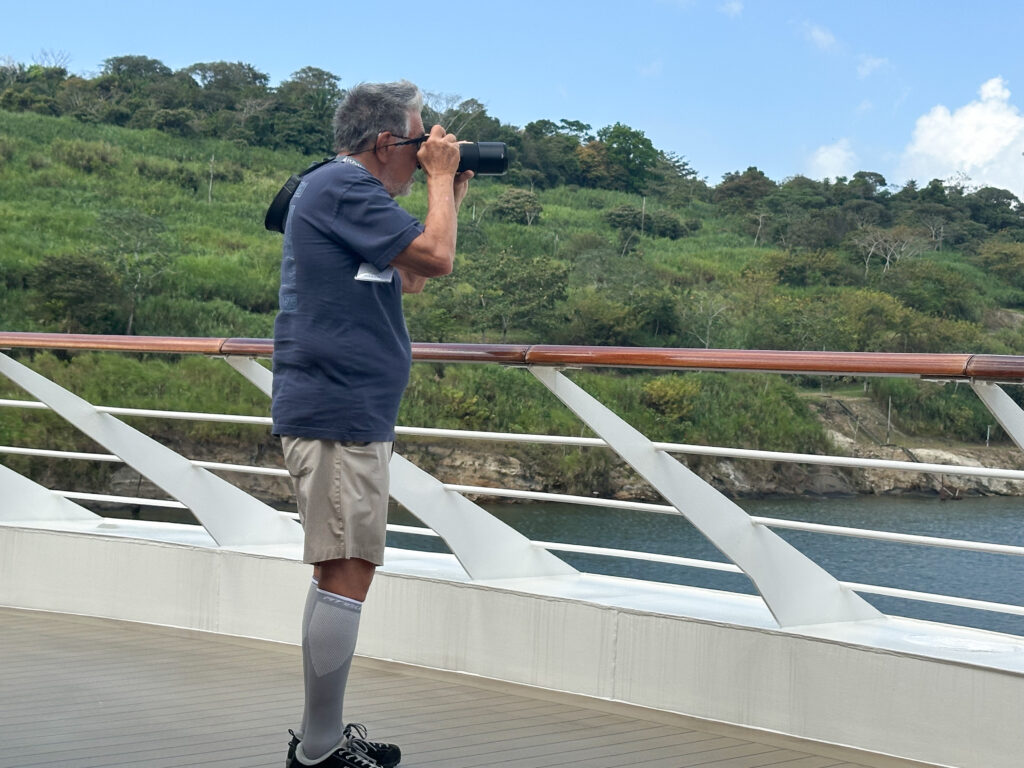
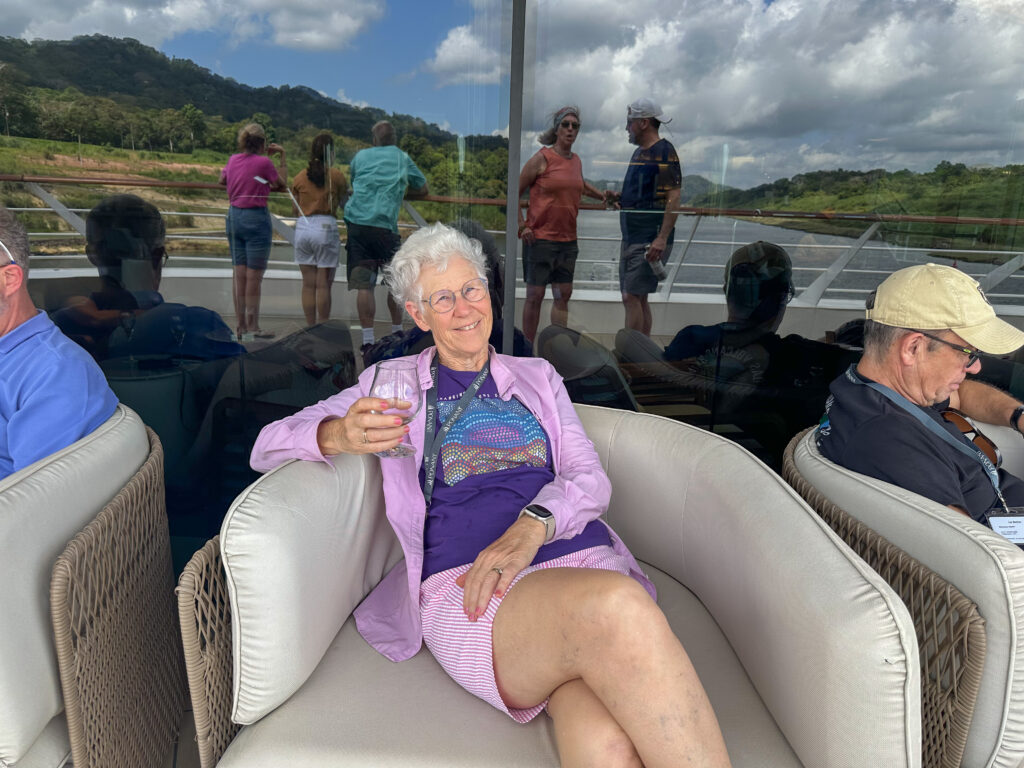
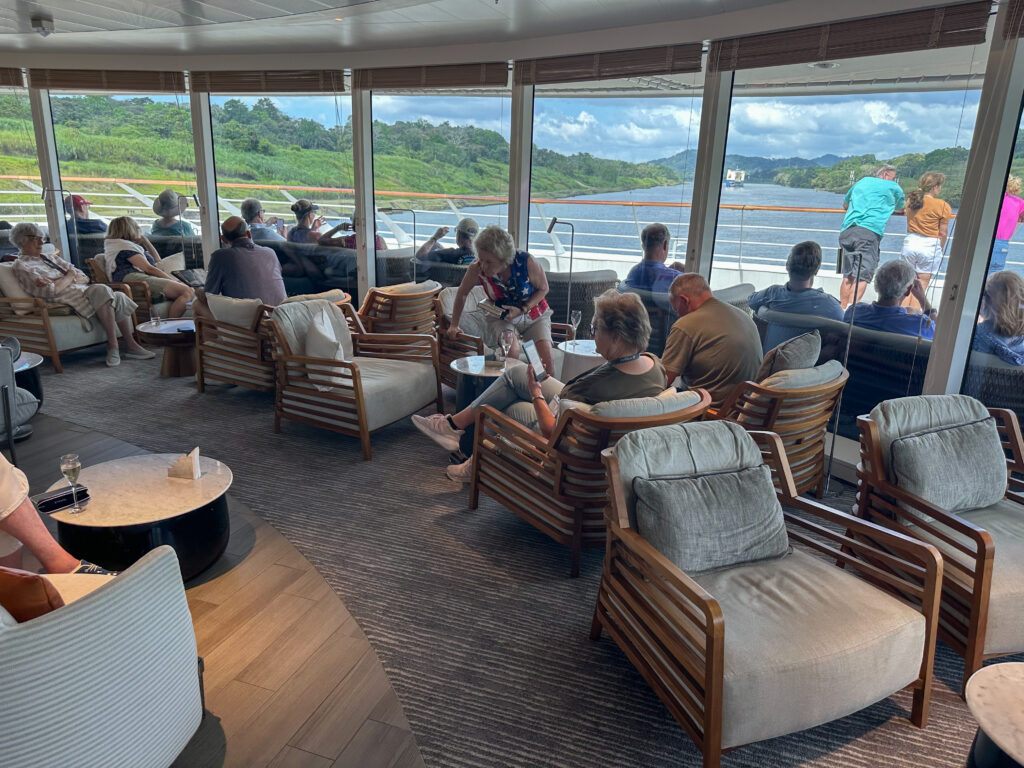
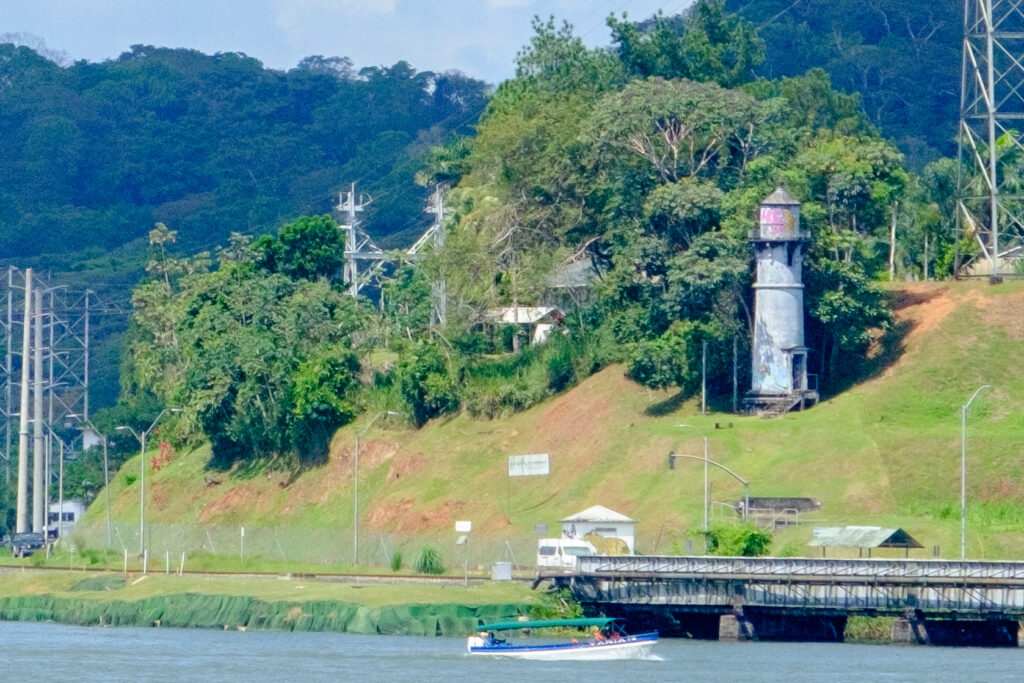
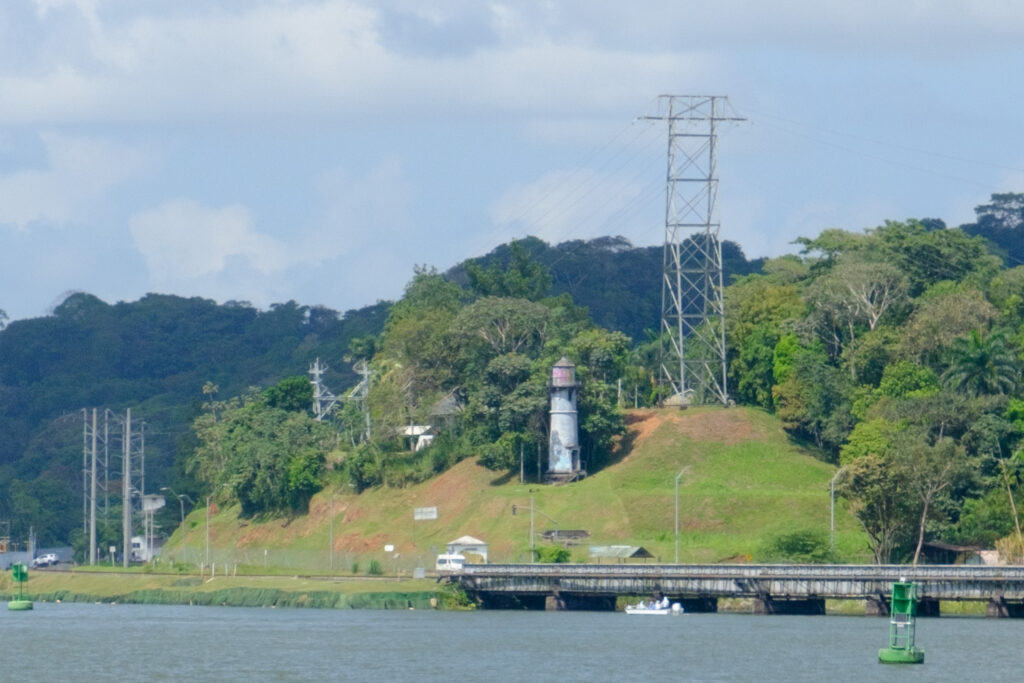
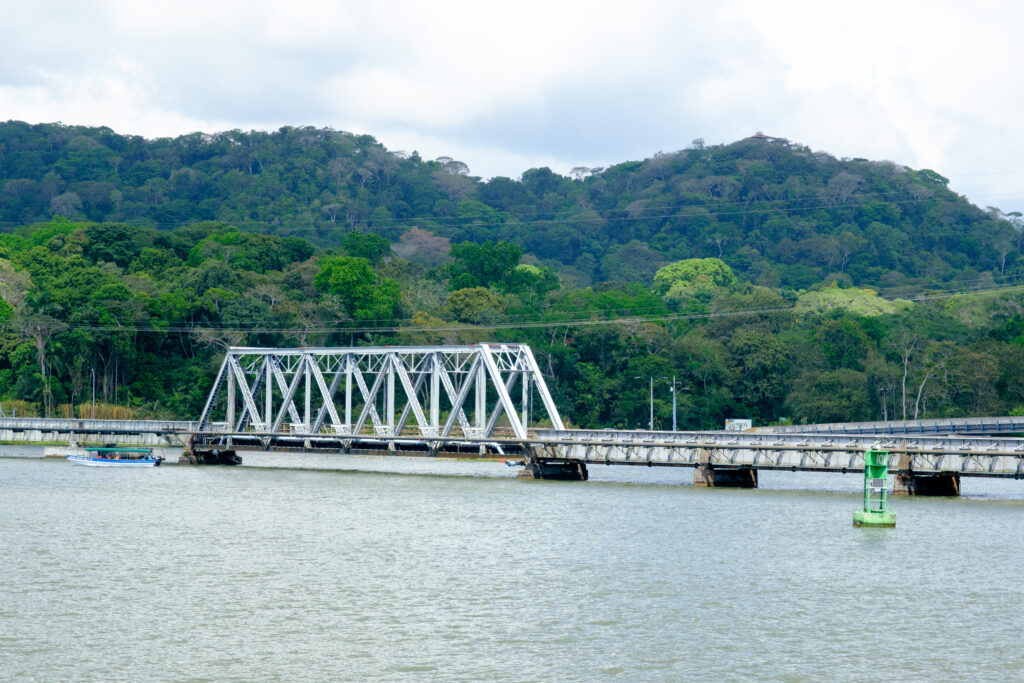
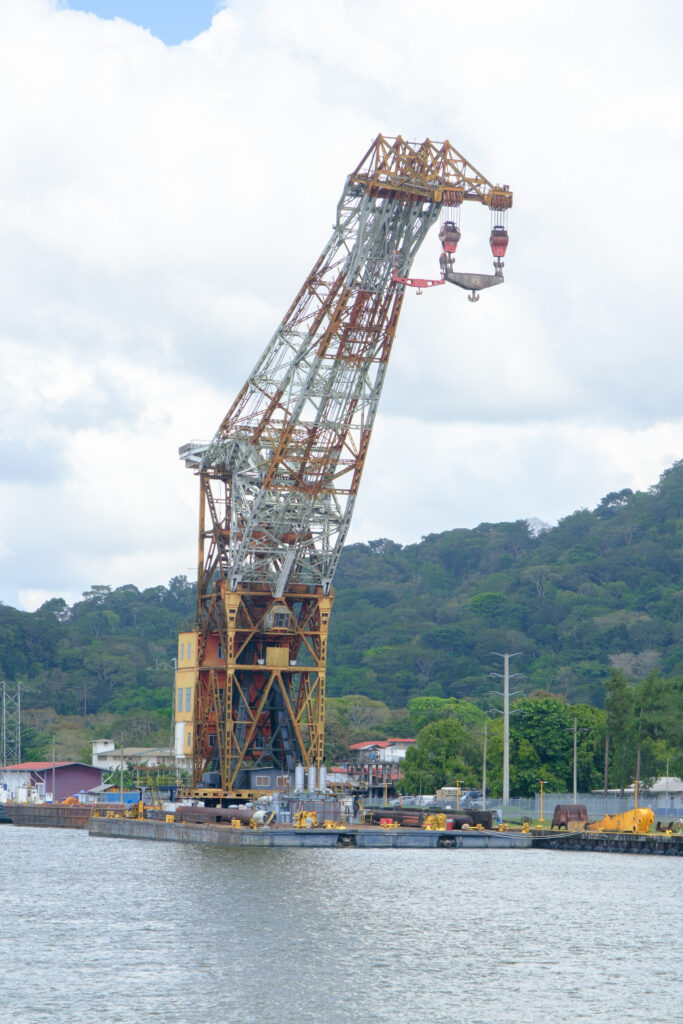

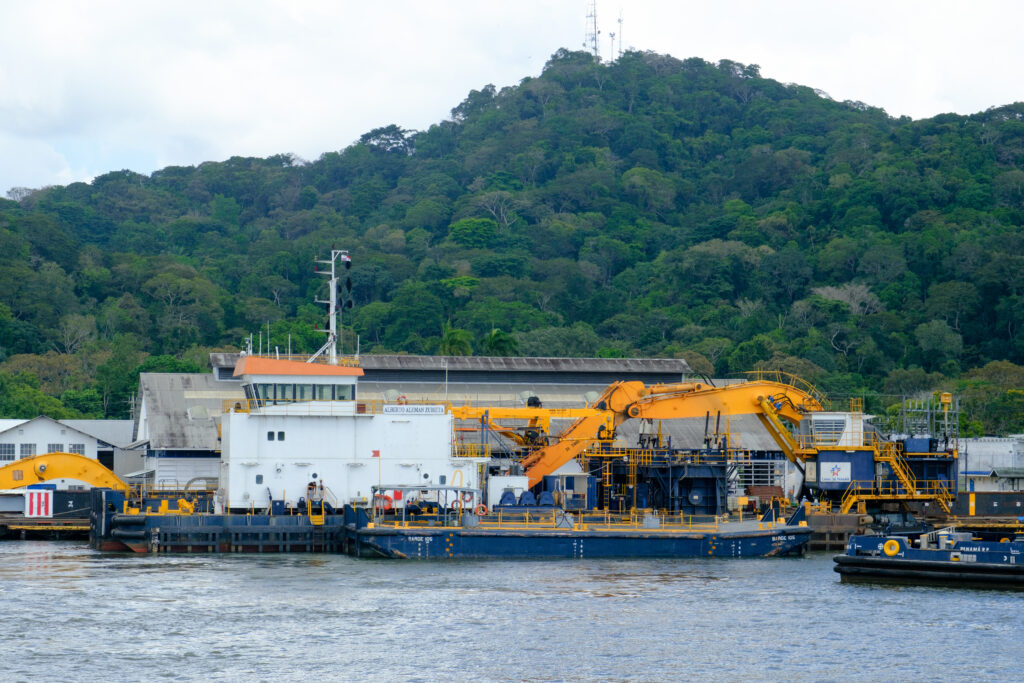
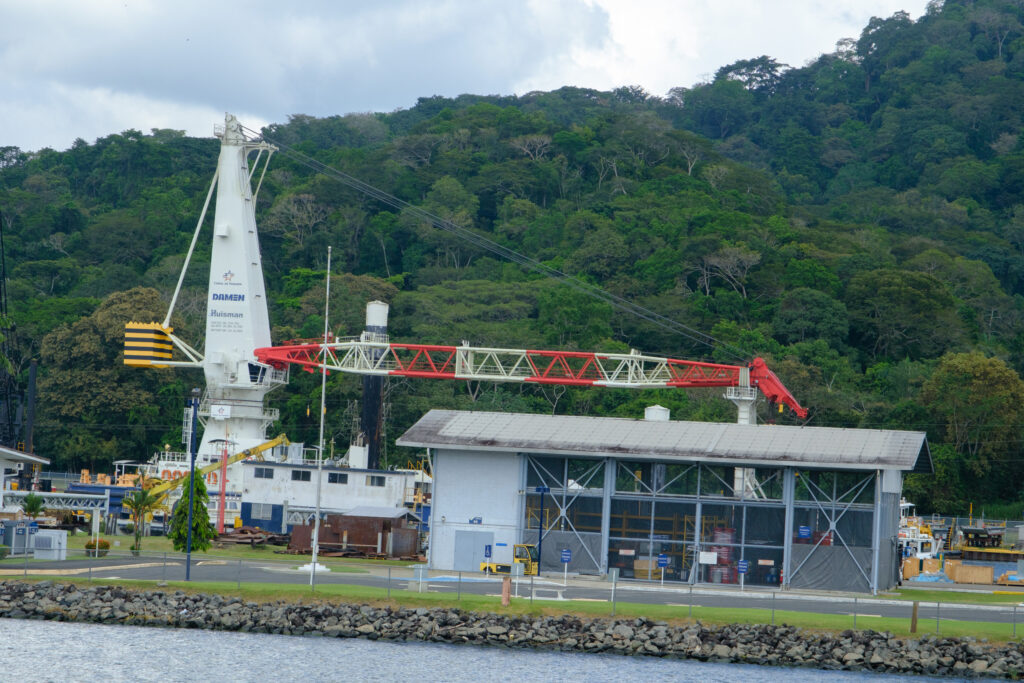
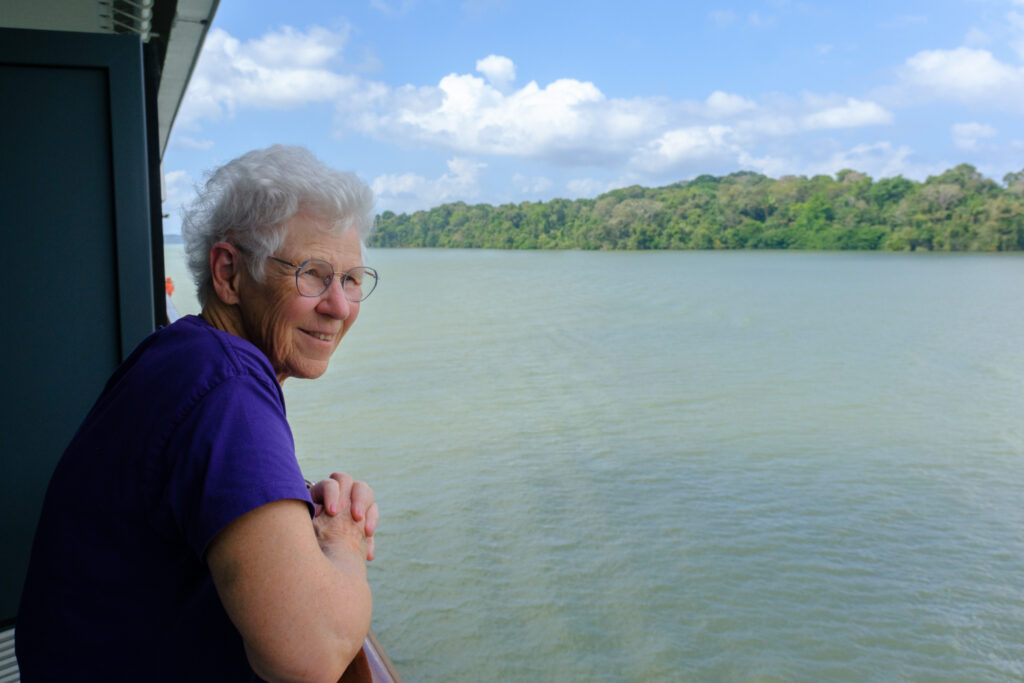
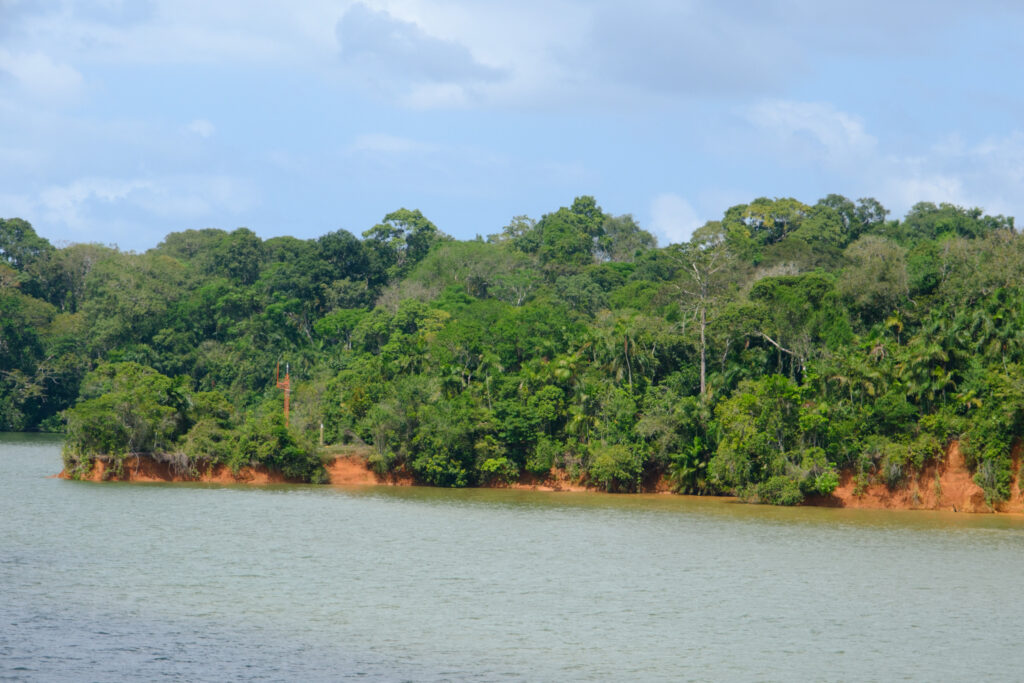
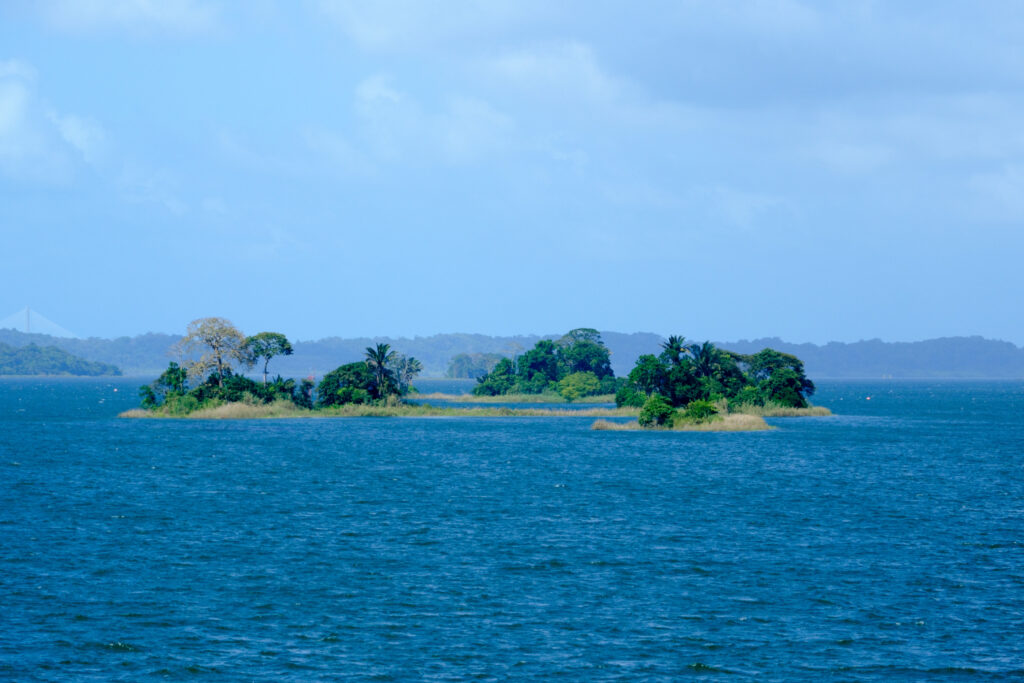
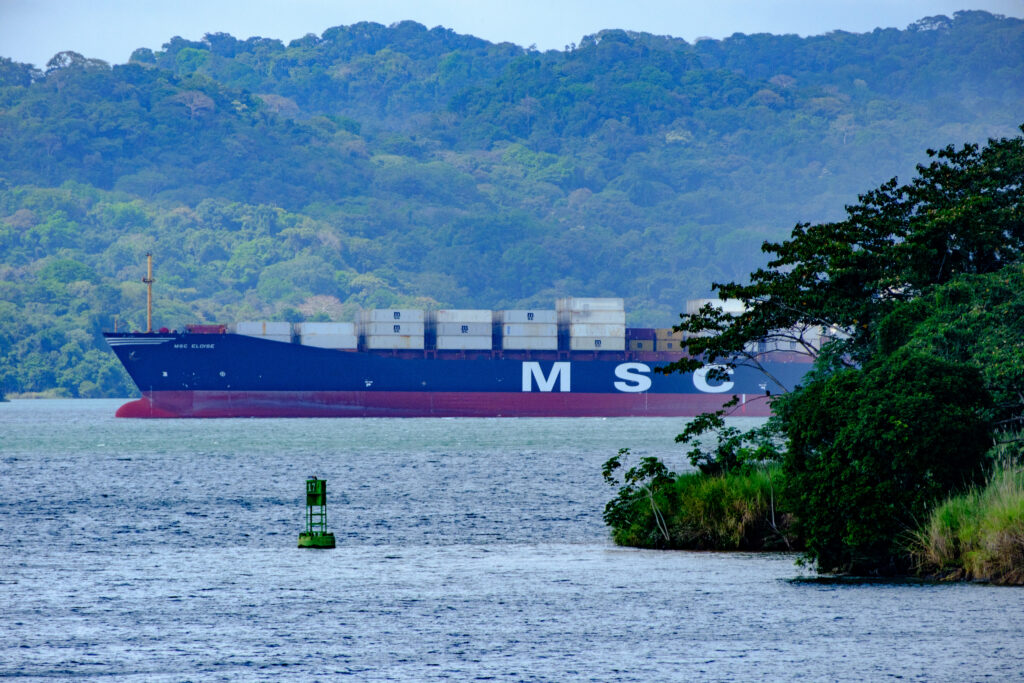
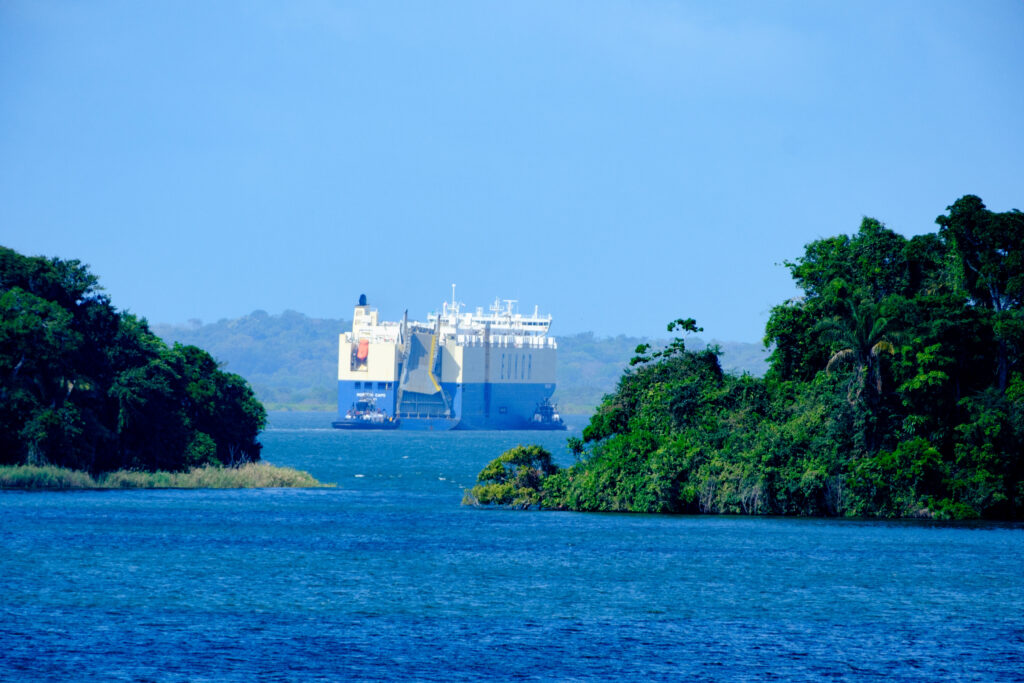
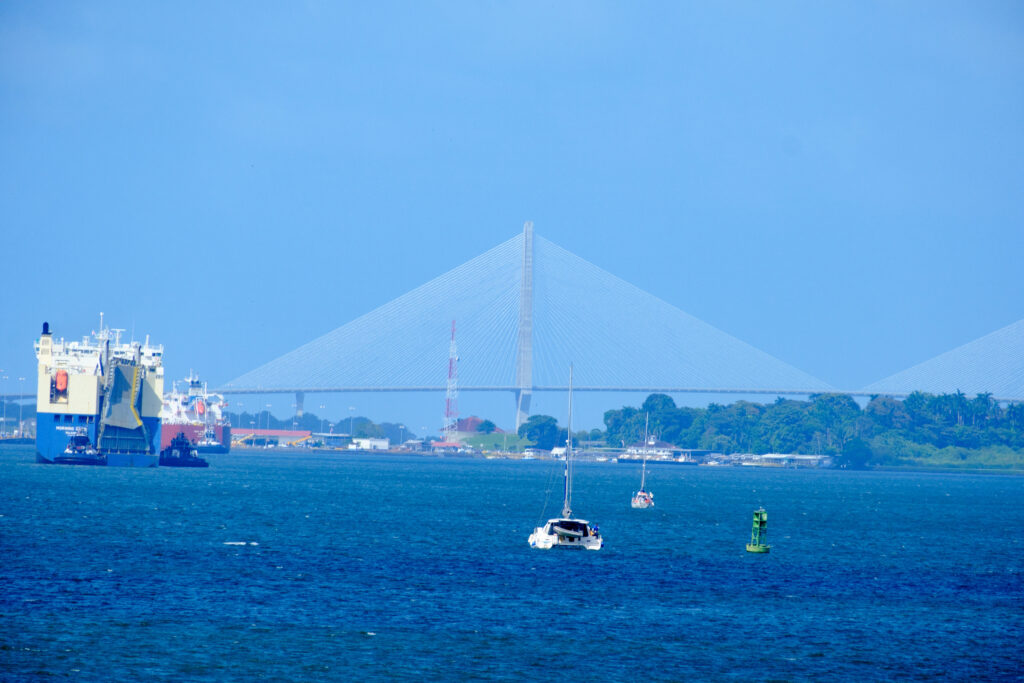
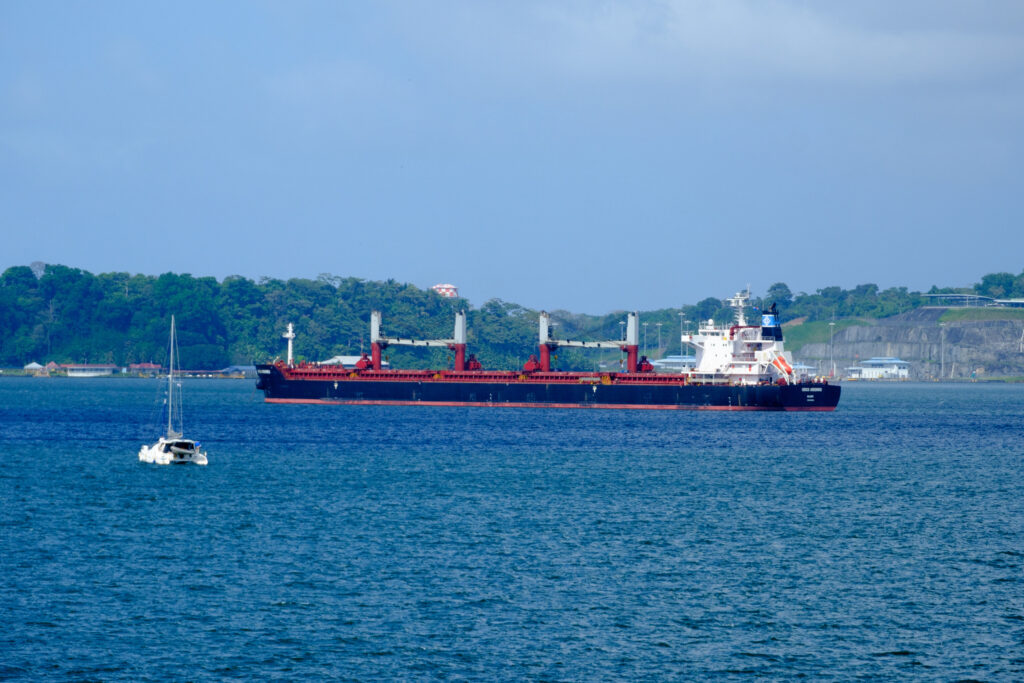
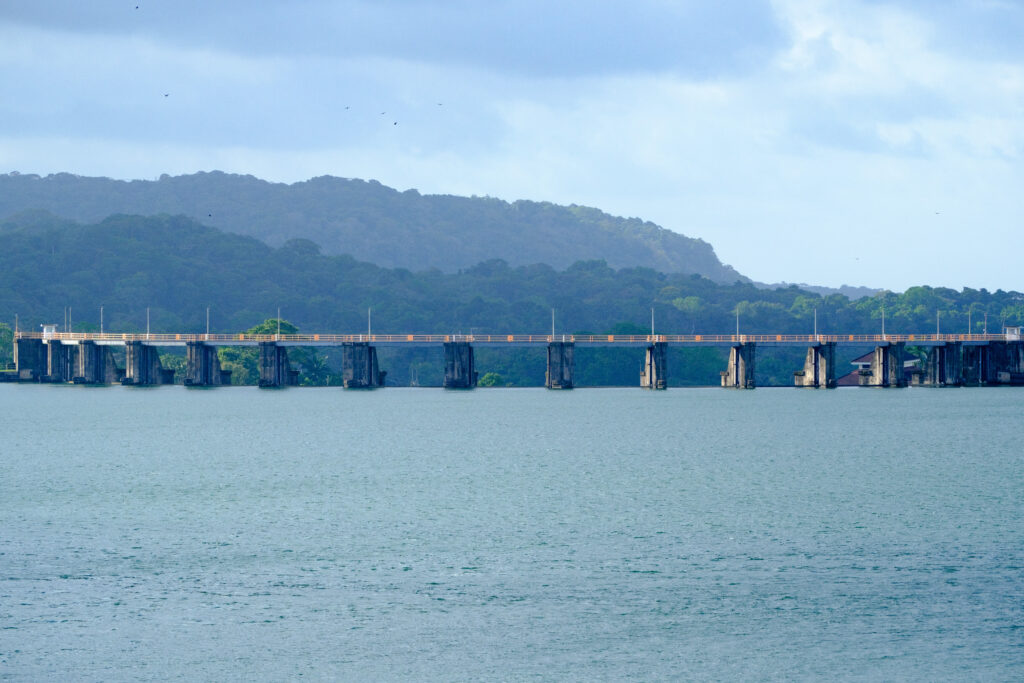
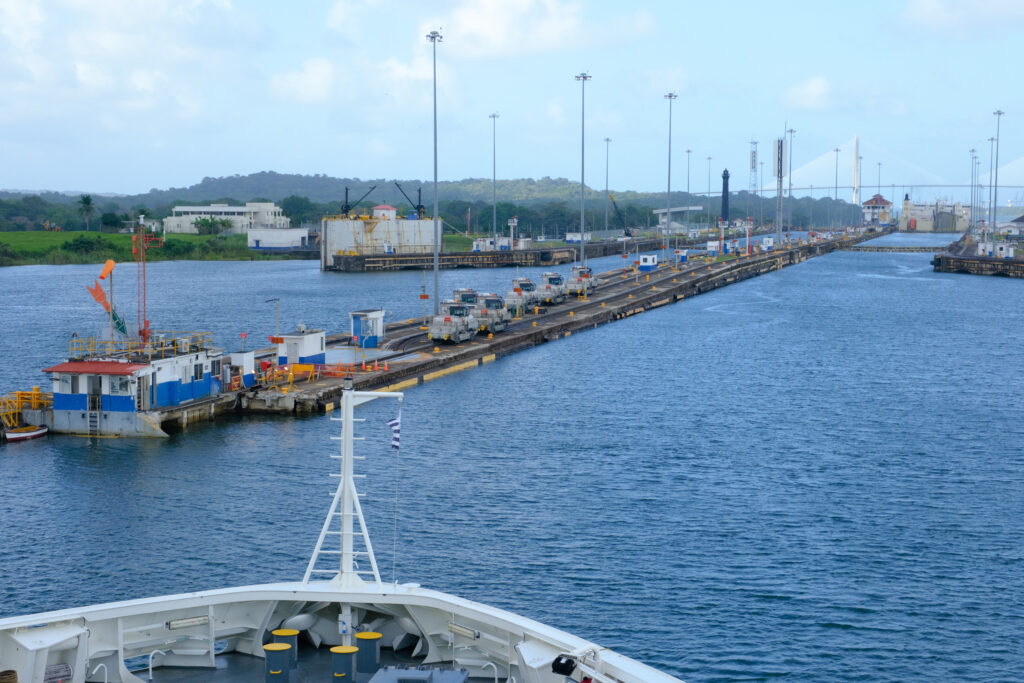
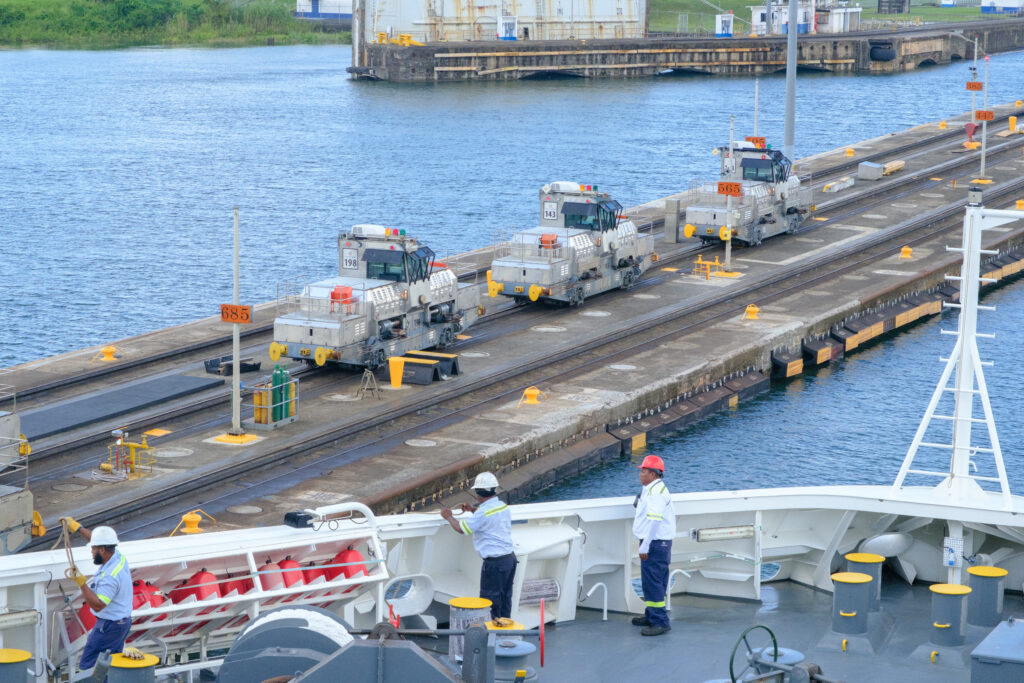
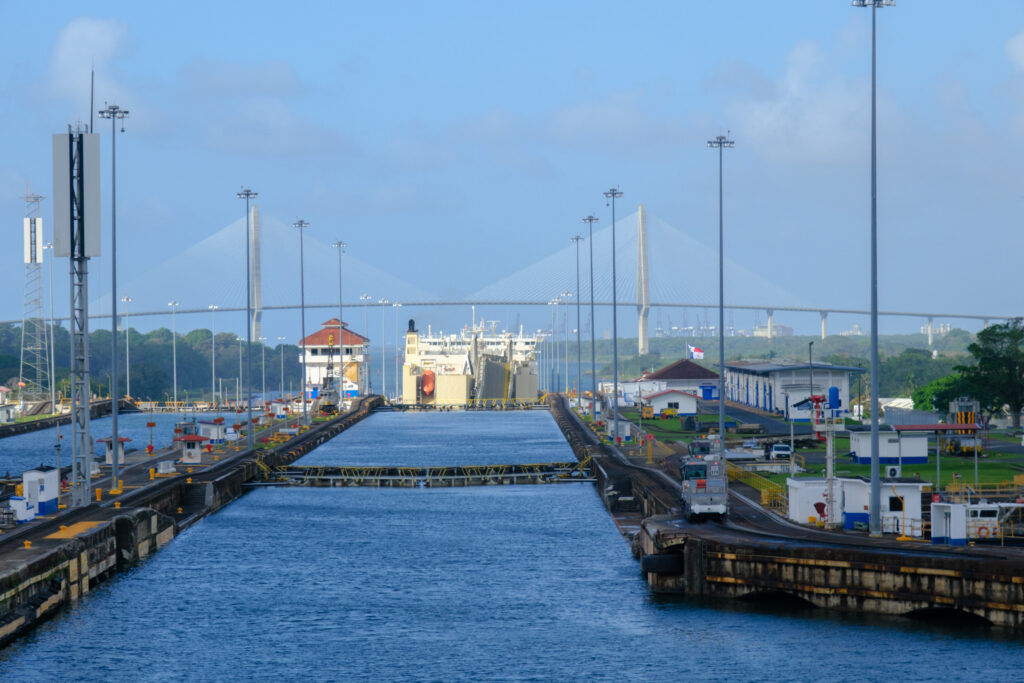
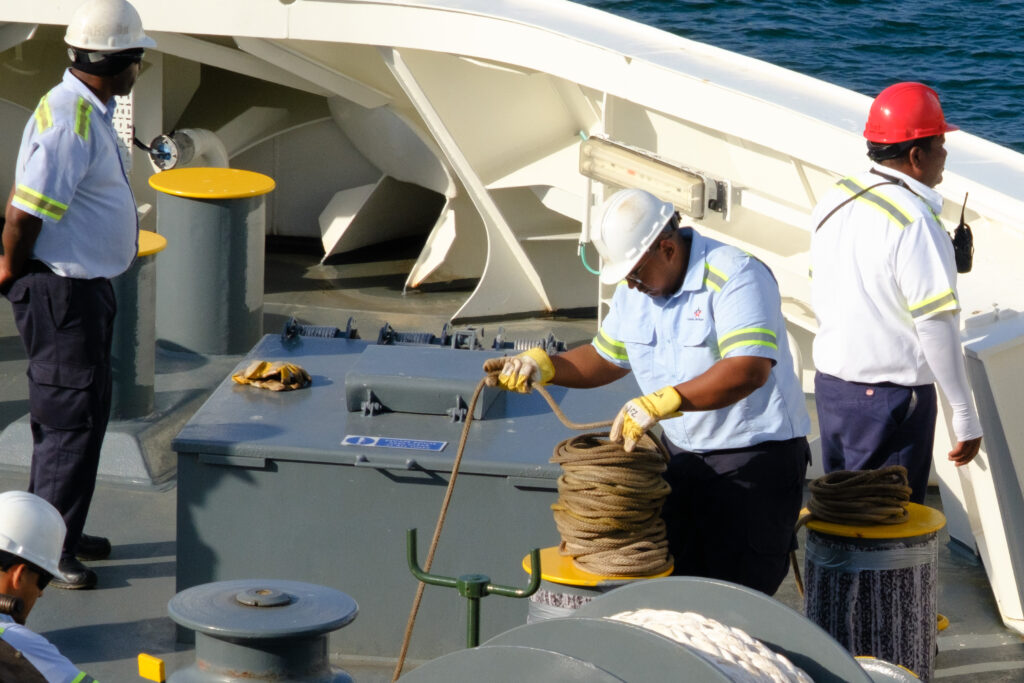
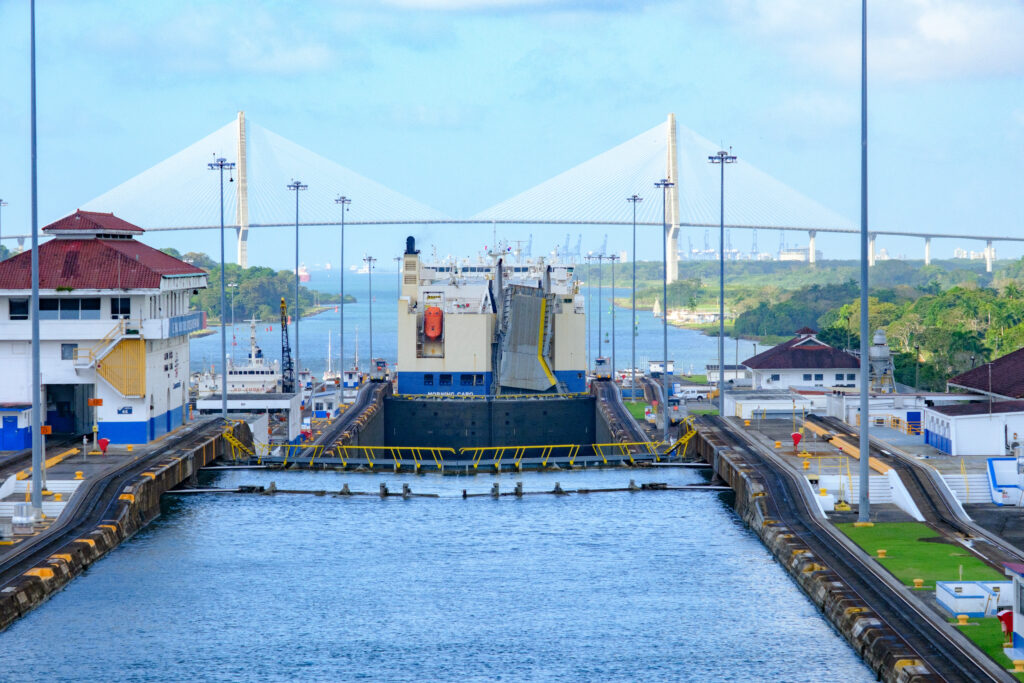
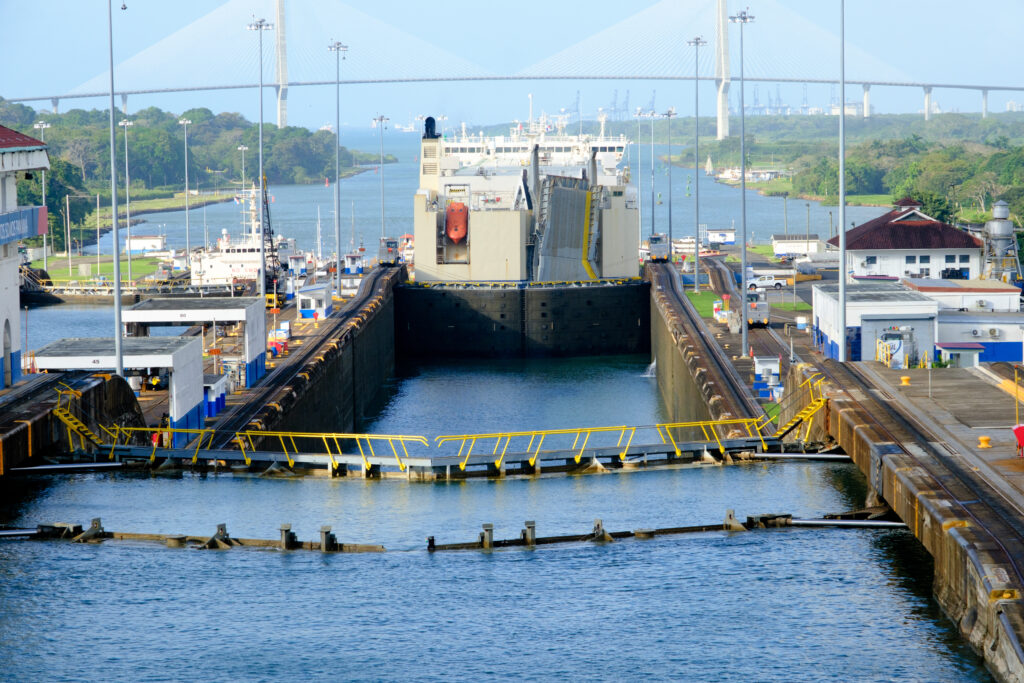
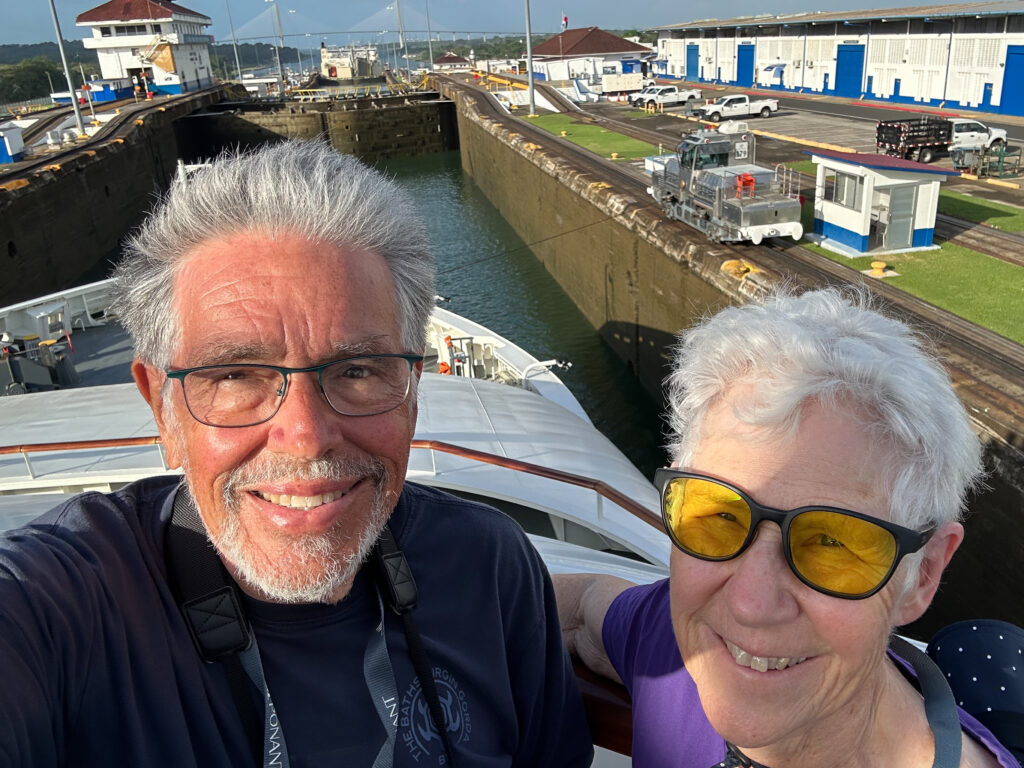

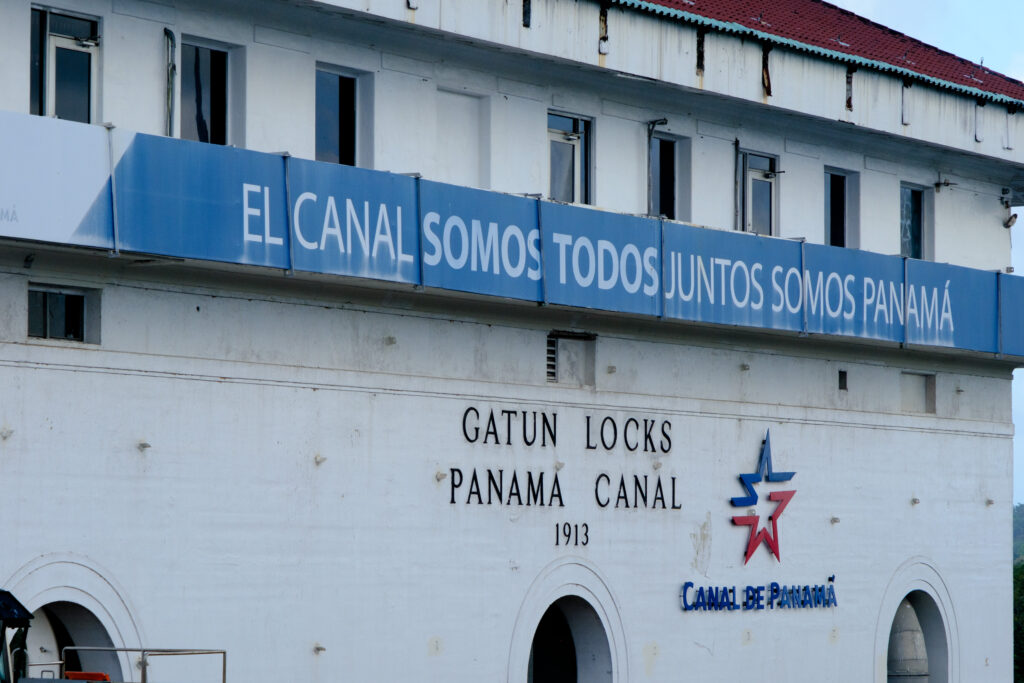
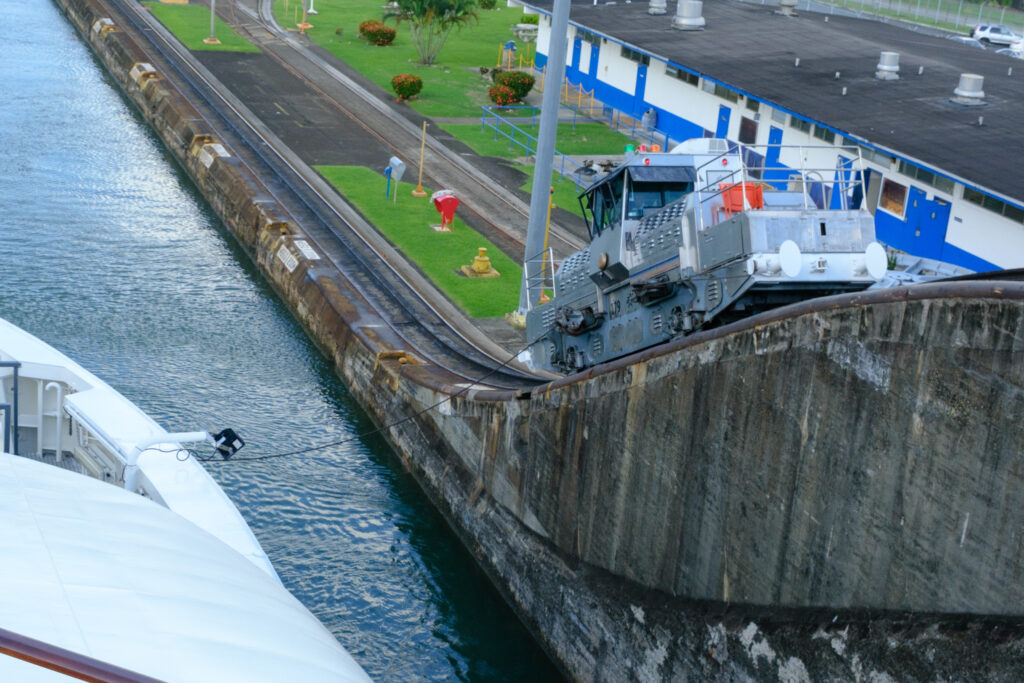
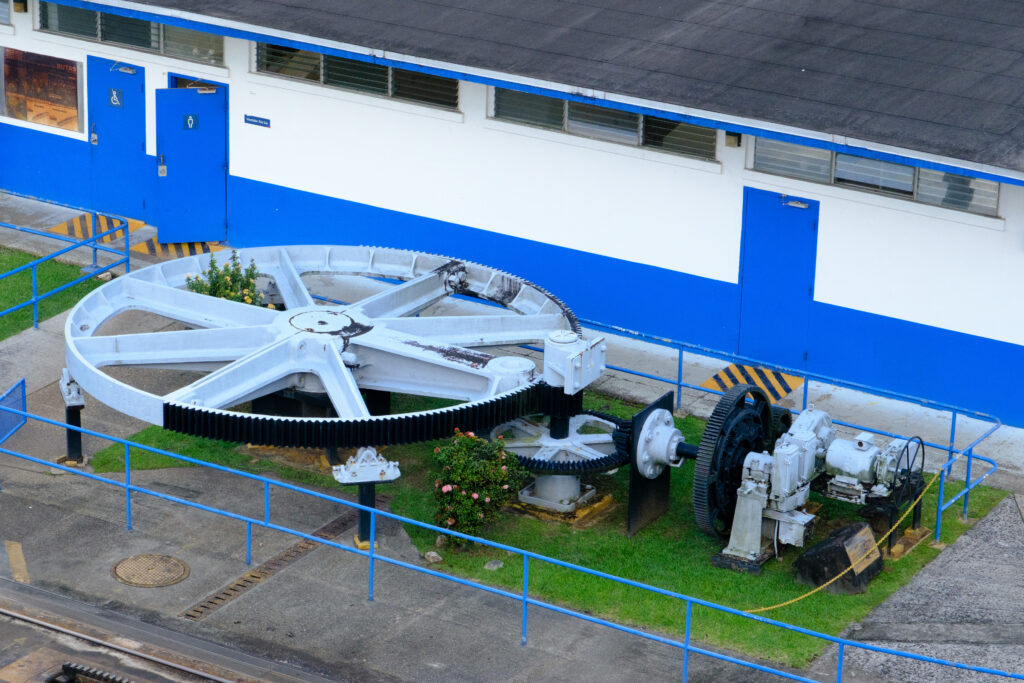
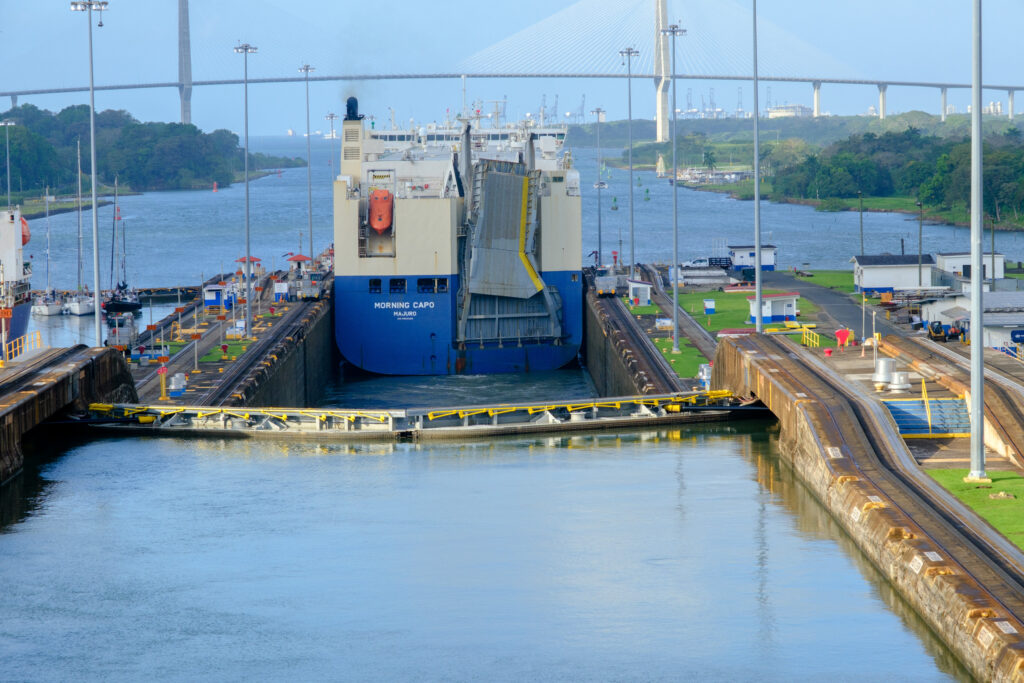
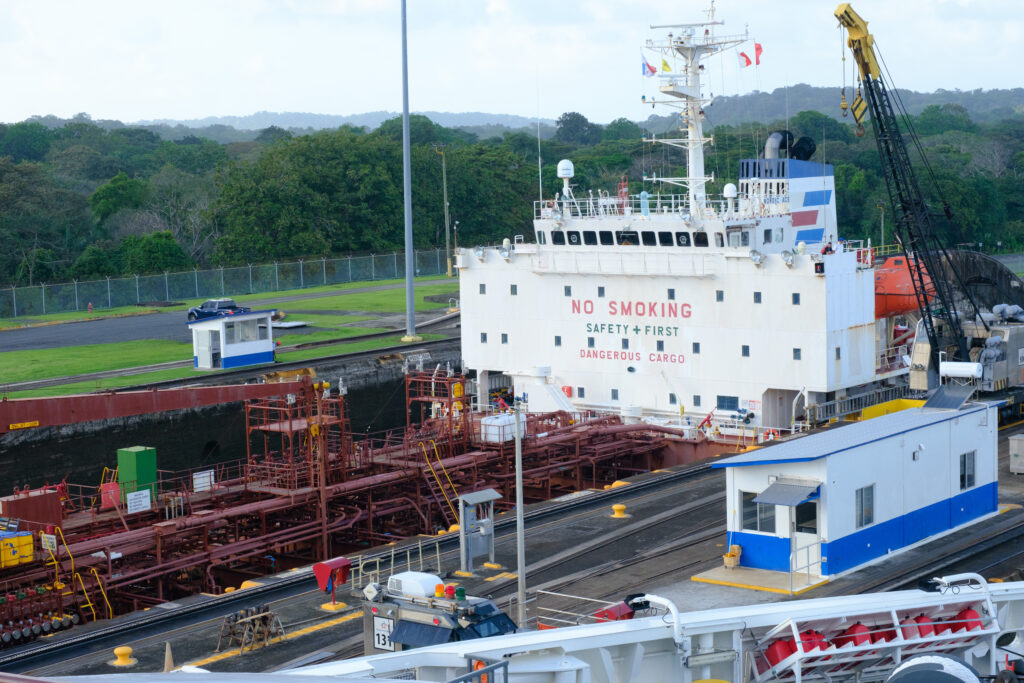
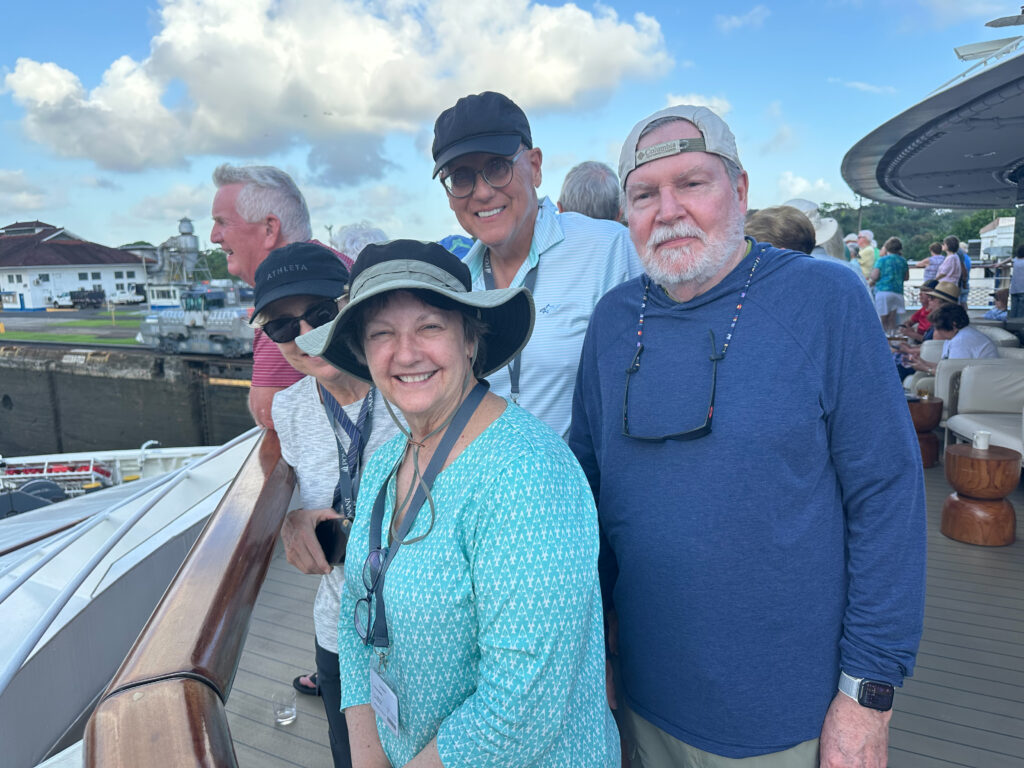
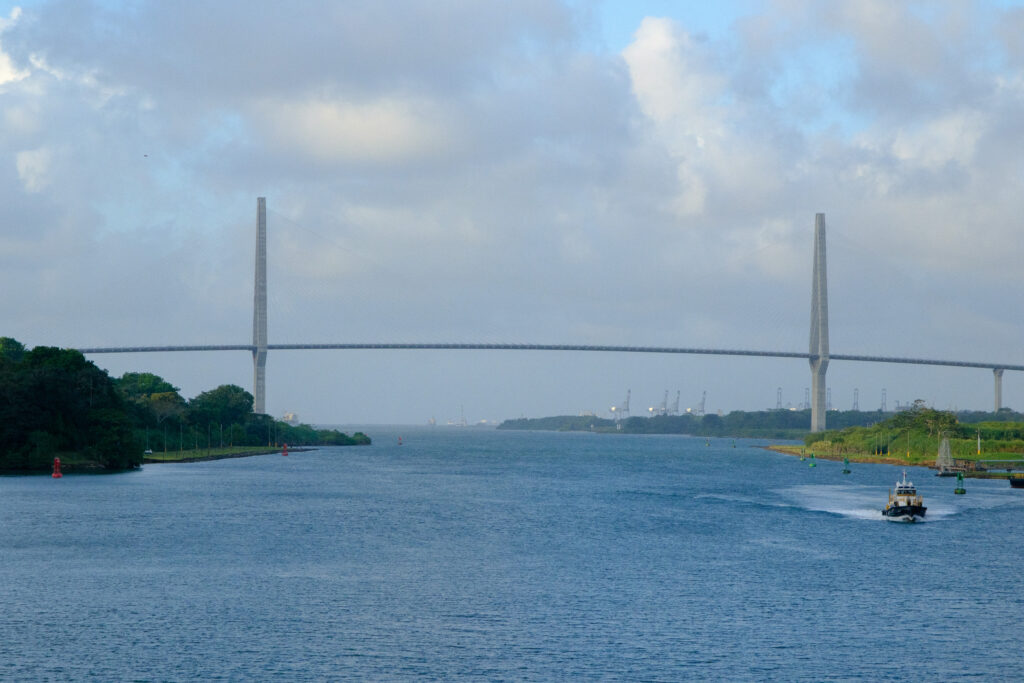
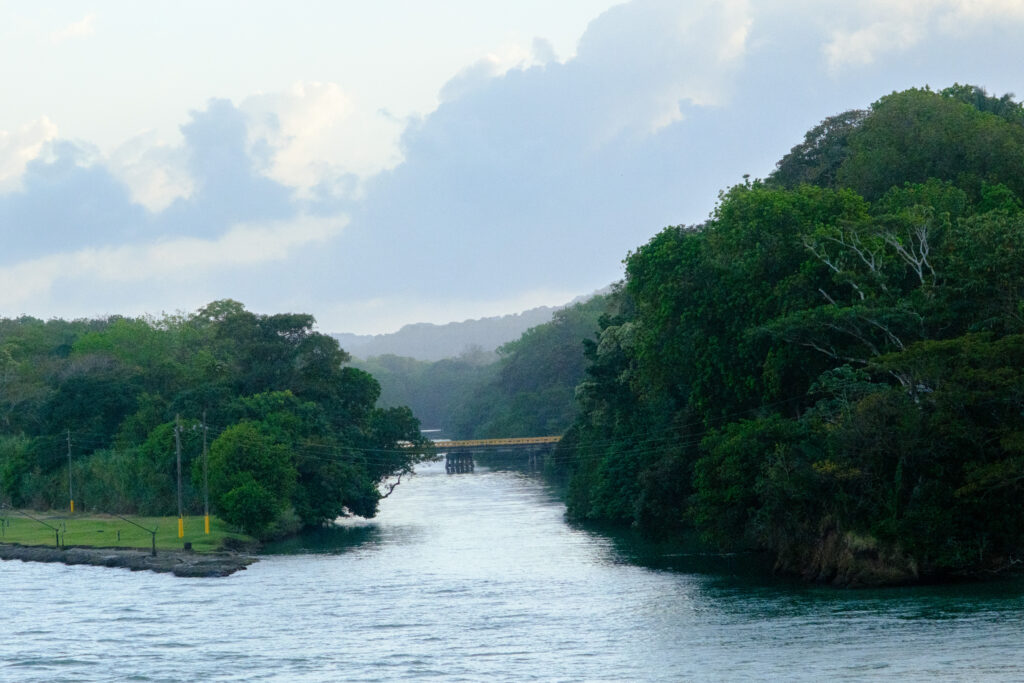
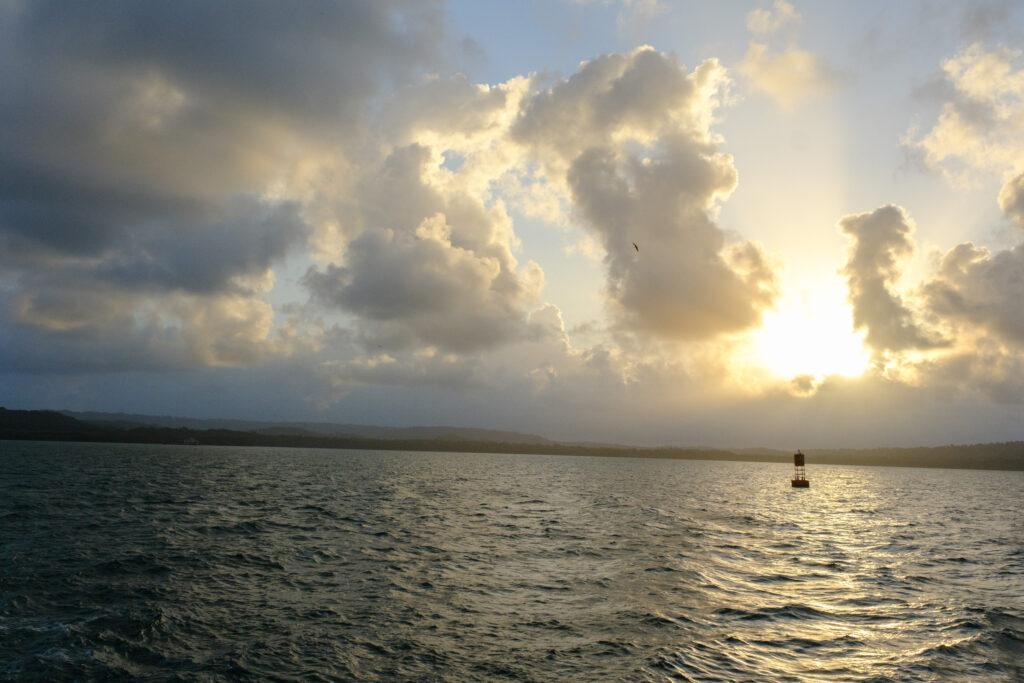
Sort of like I remember except it was before the larger locks. We went east to Galen and back. Swam. Went ashore and took a tour. Keep on having adventures and be safe. Hugs. Carol
Thanks Carol
We went through the old locks while the new ones were being built. The whole process was quite amazing. What an engineering marvel.
The new locks are pretty neat too. But building the canal with 1910 steam shovels was quite the geat